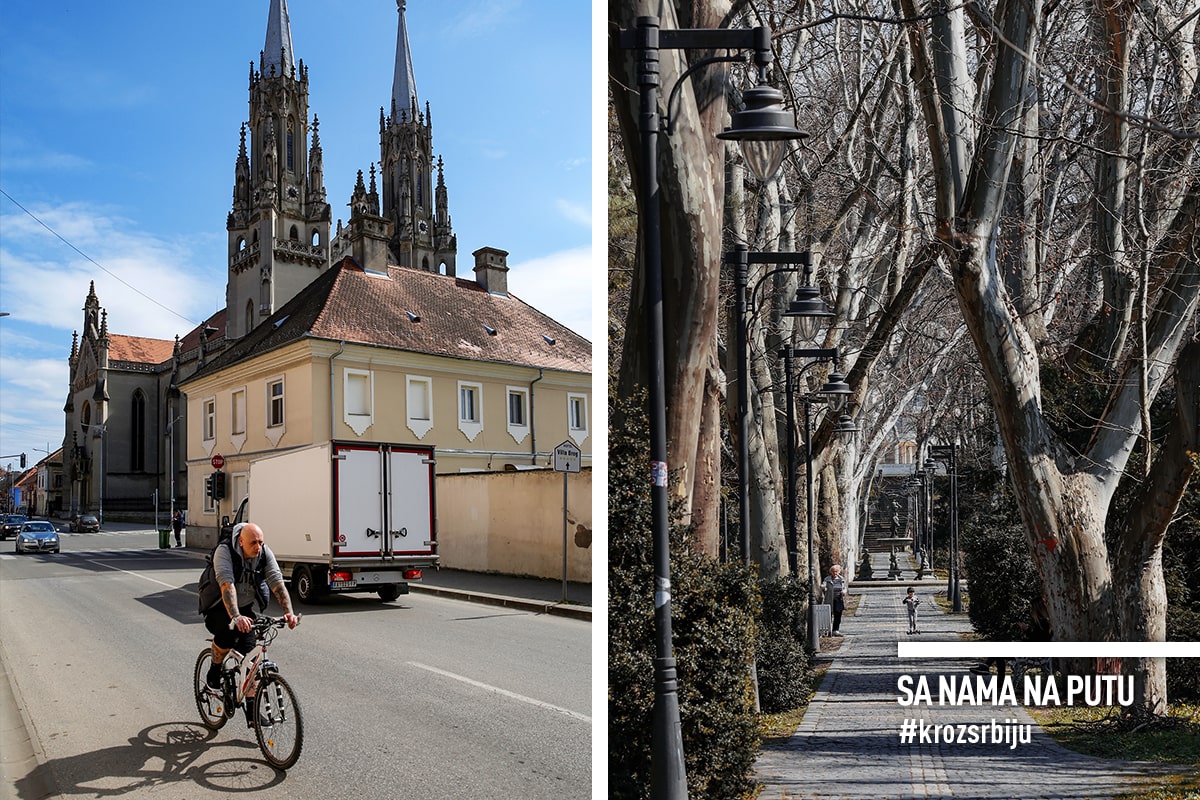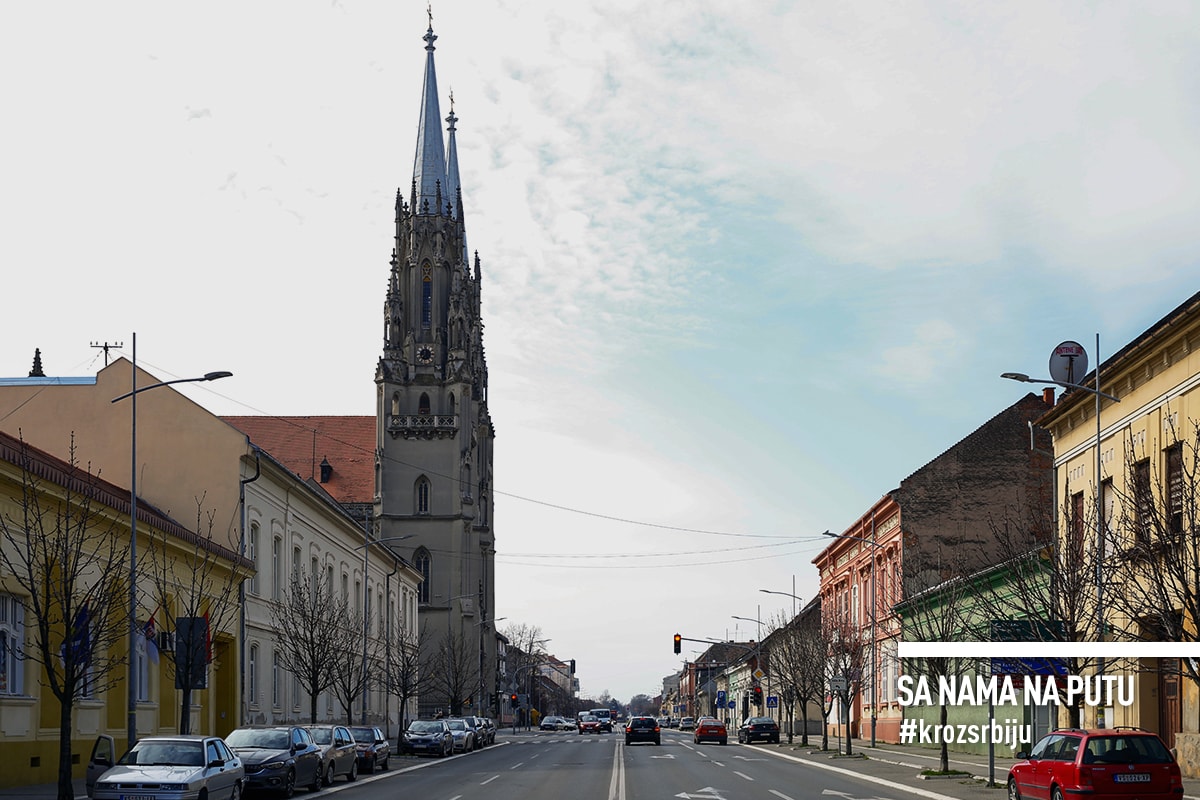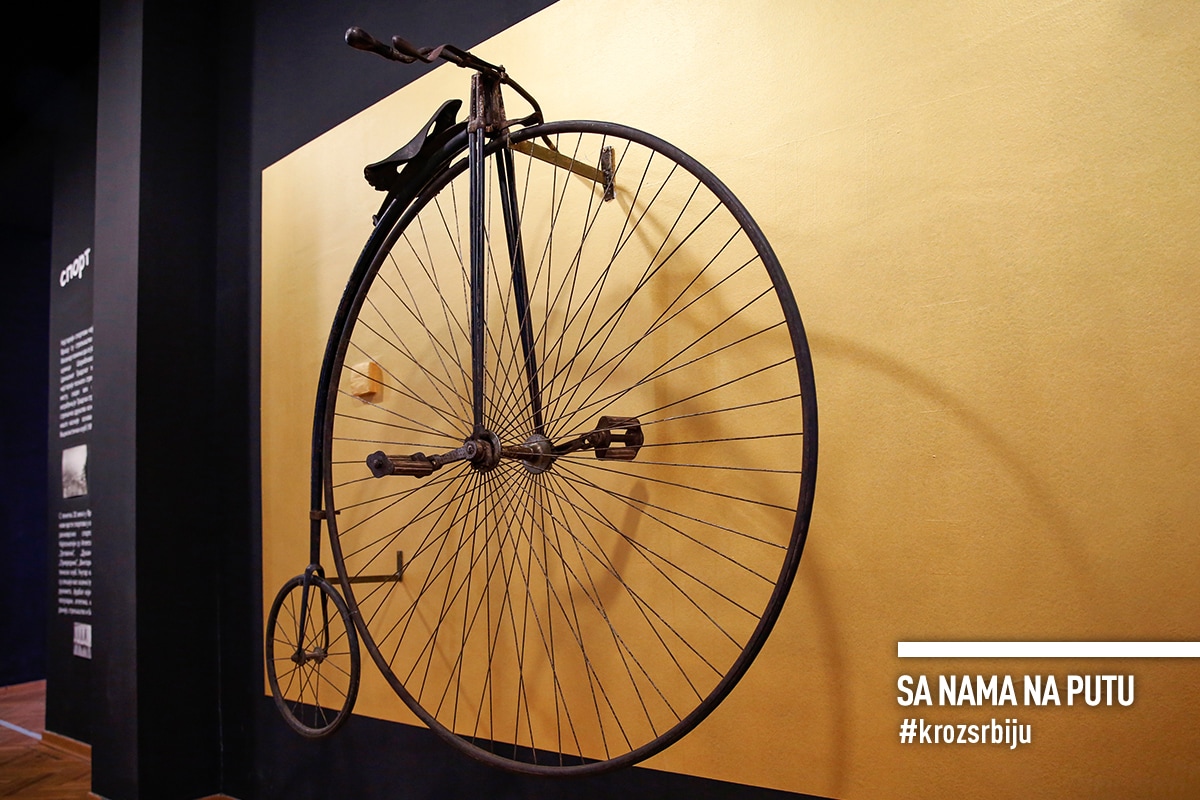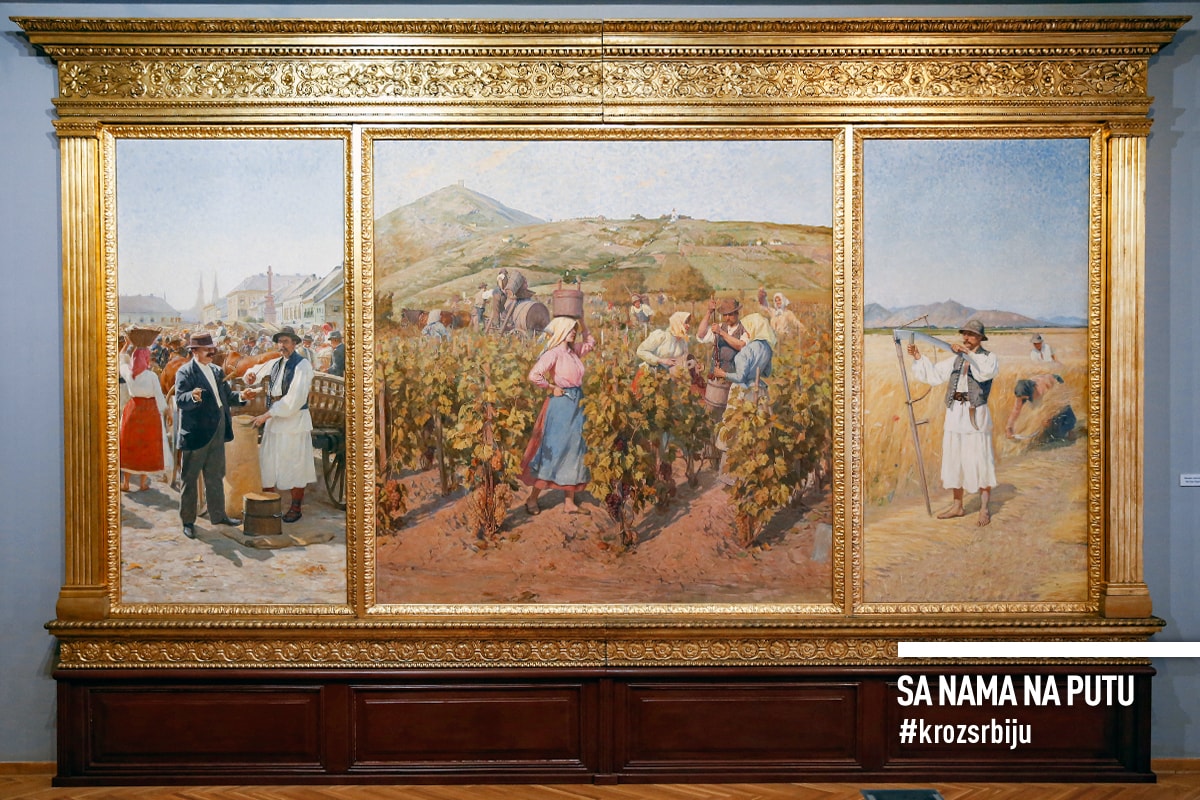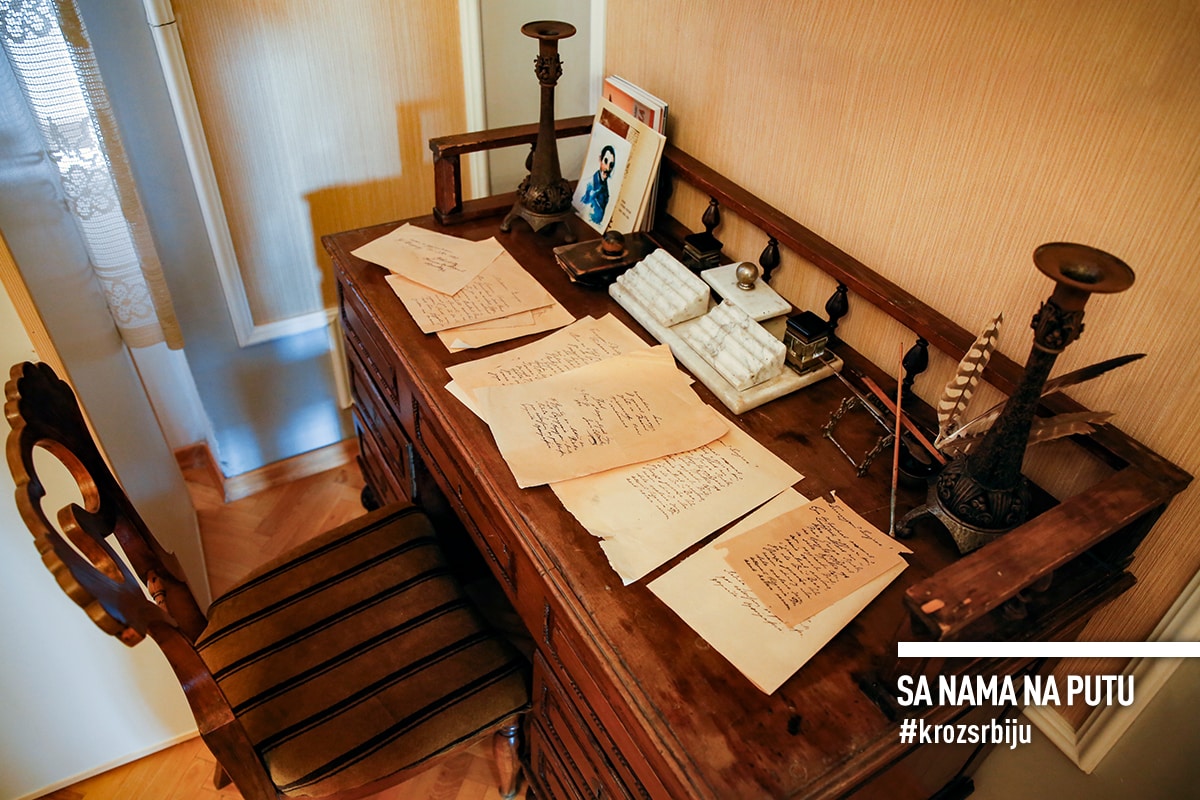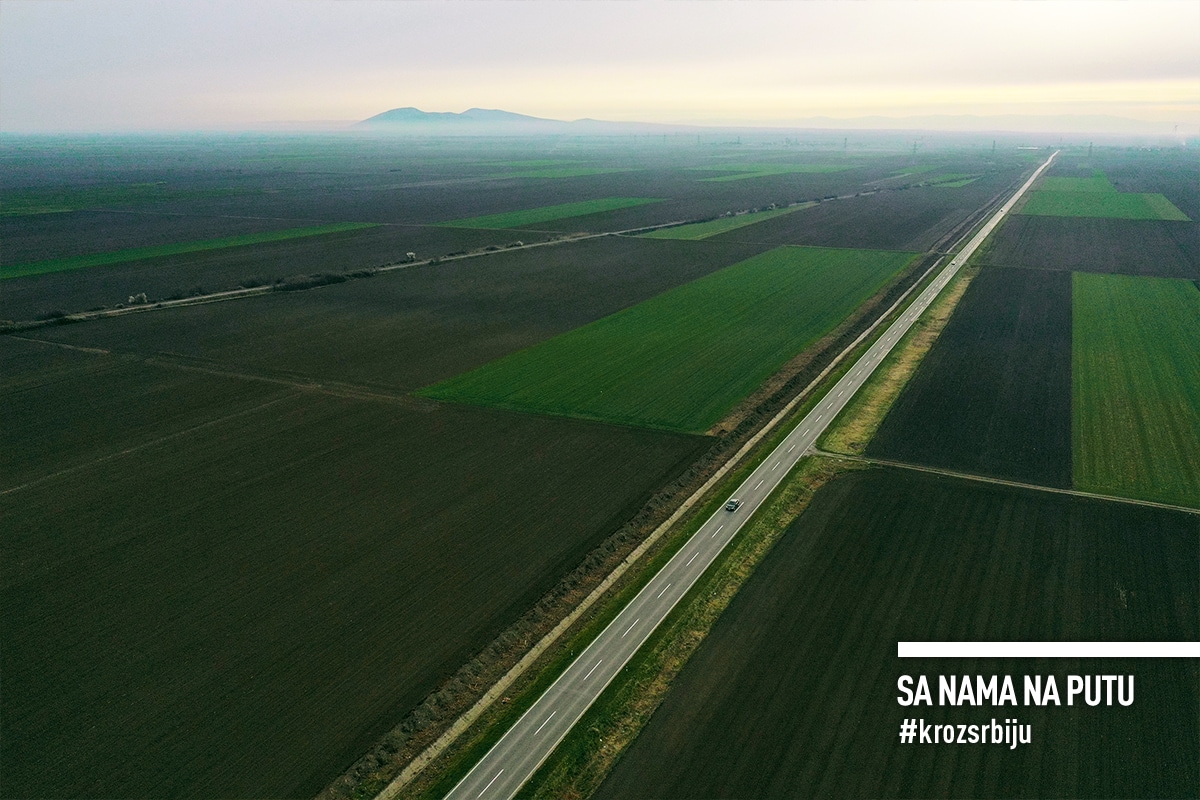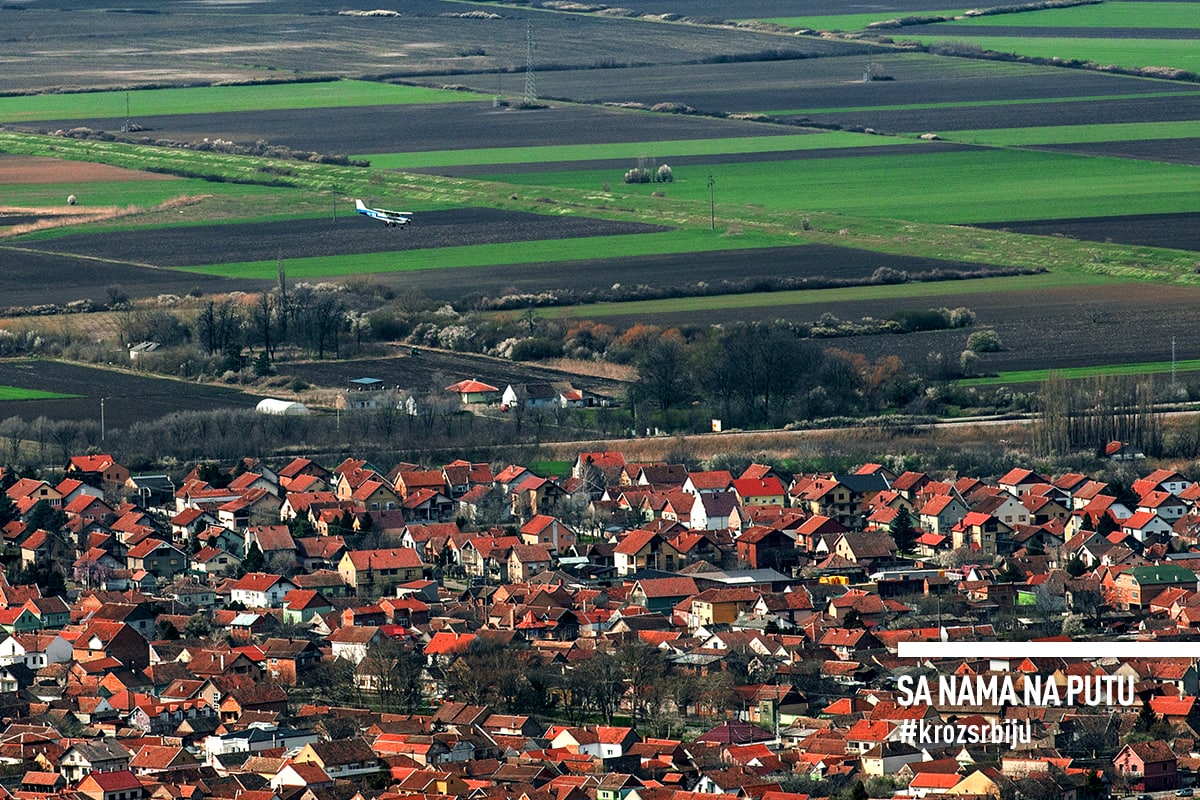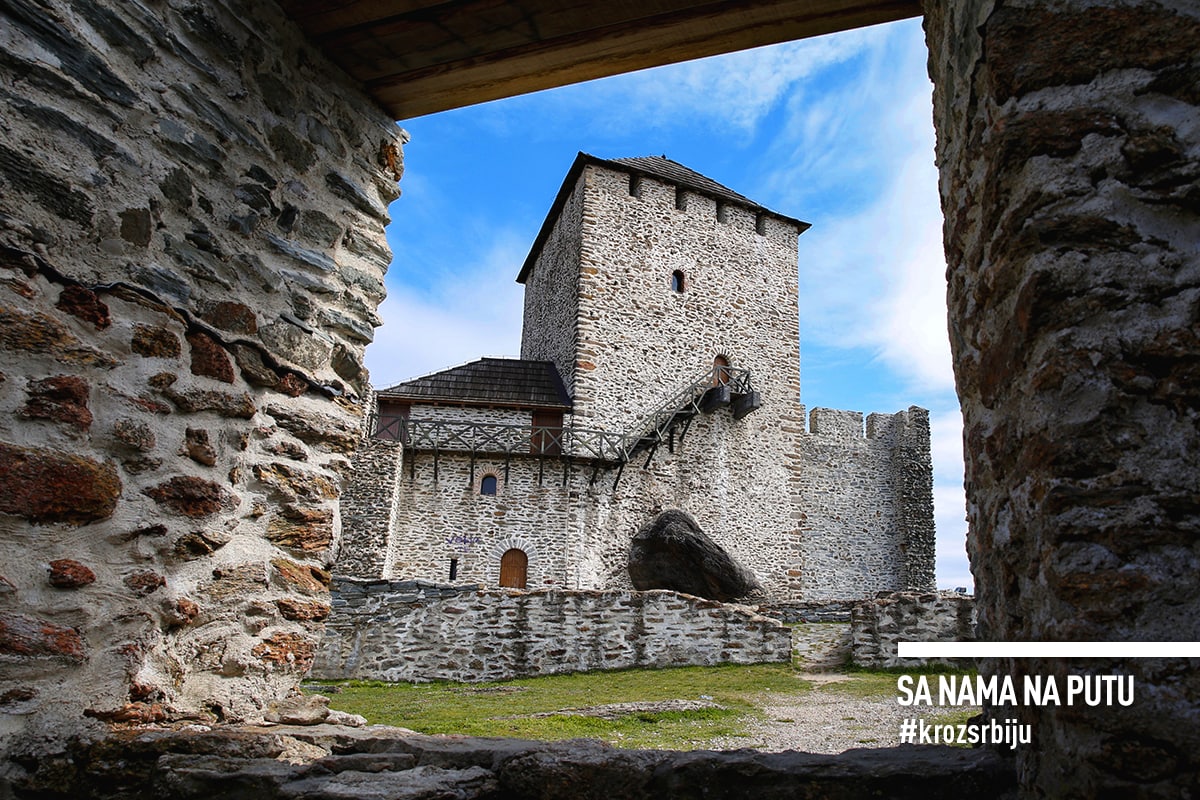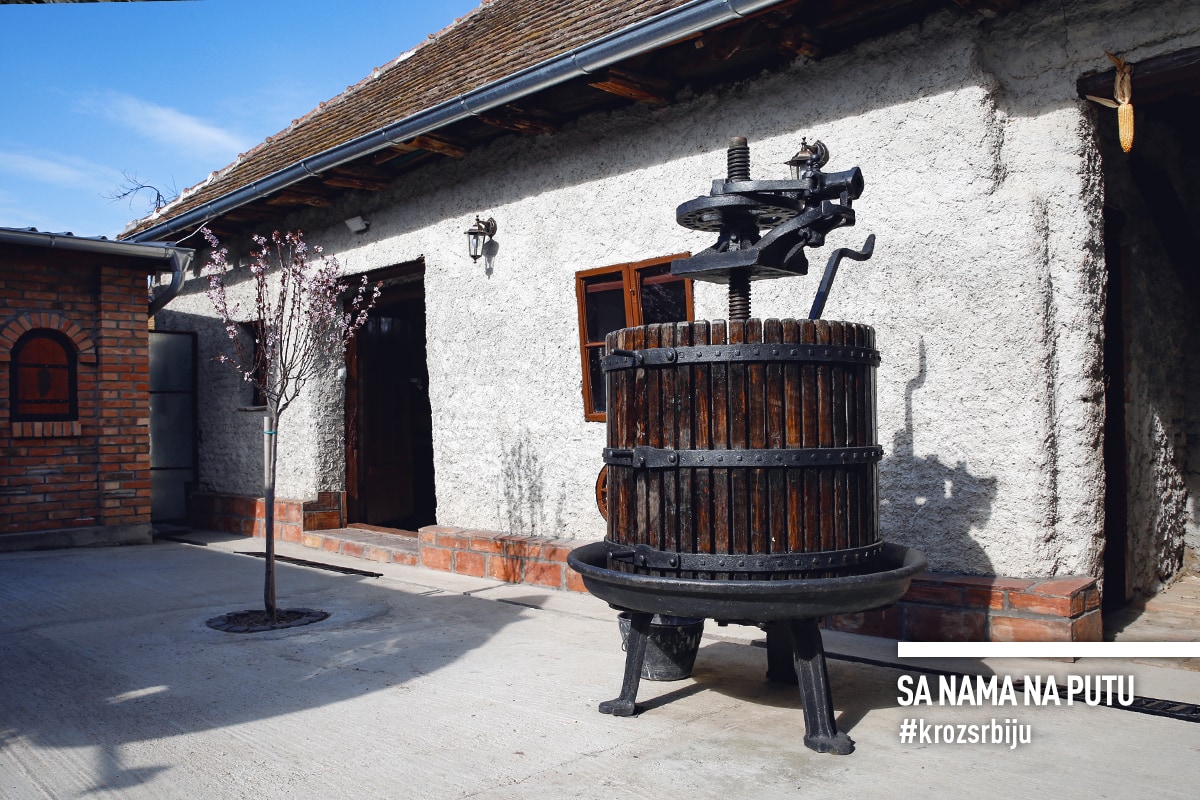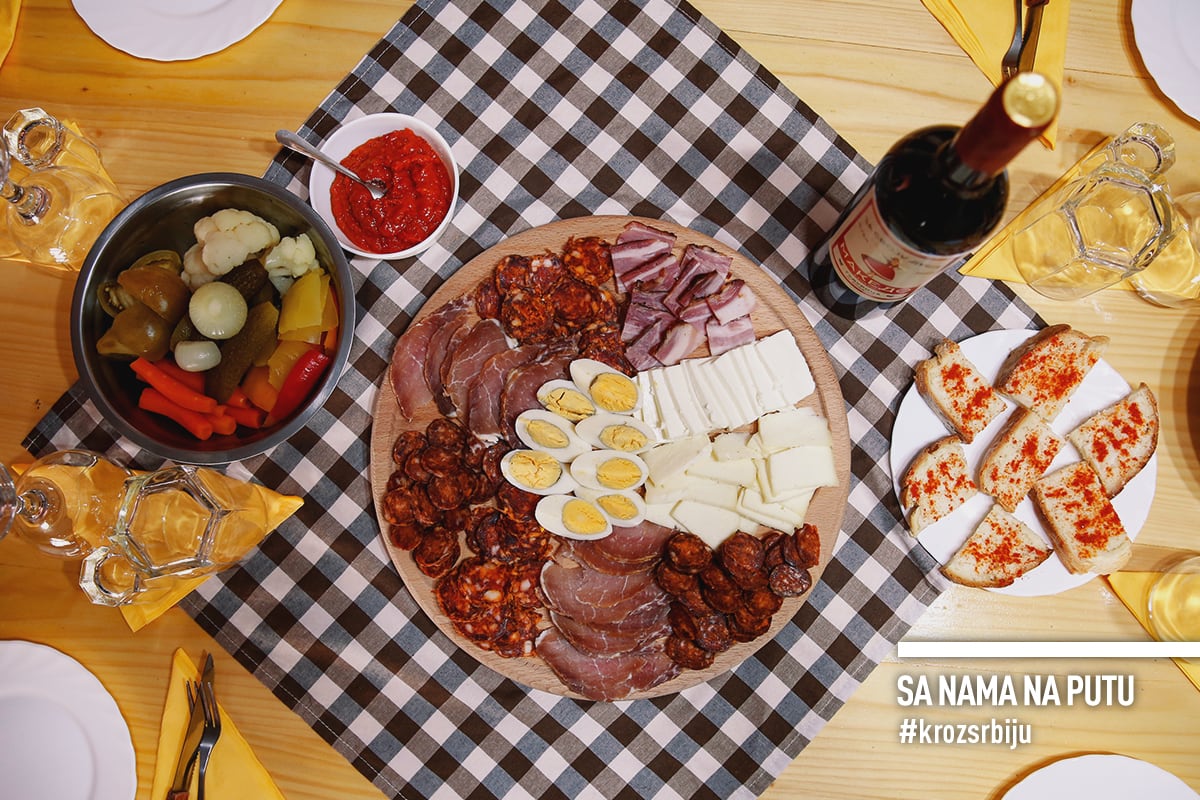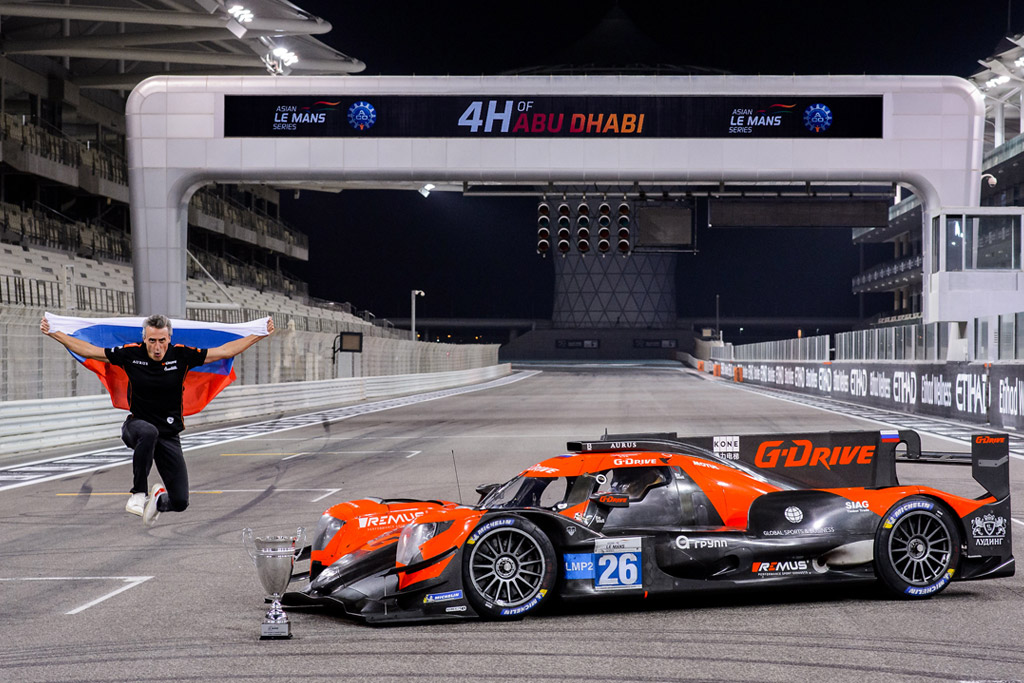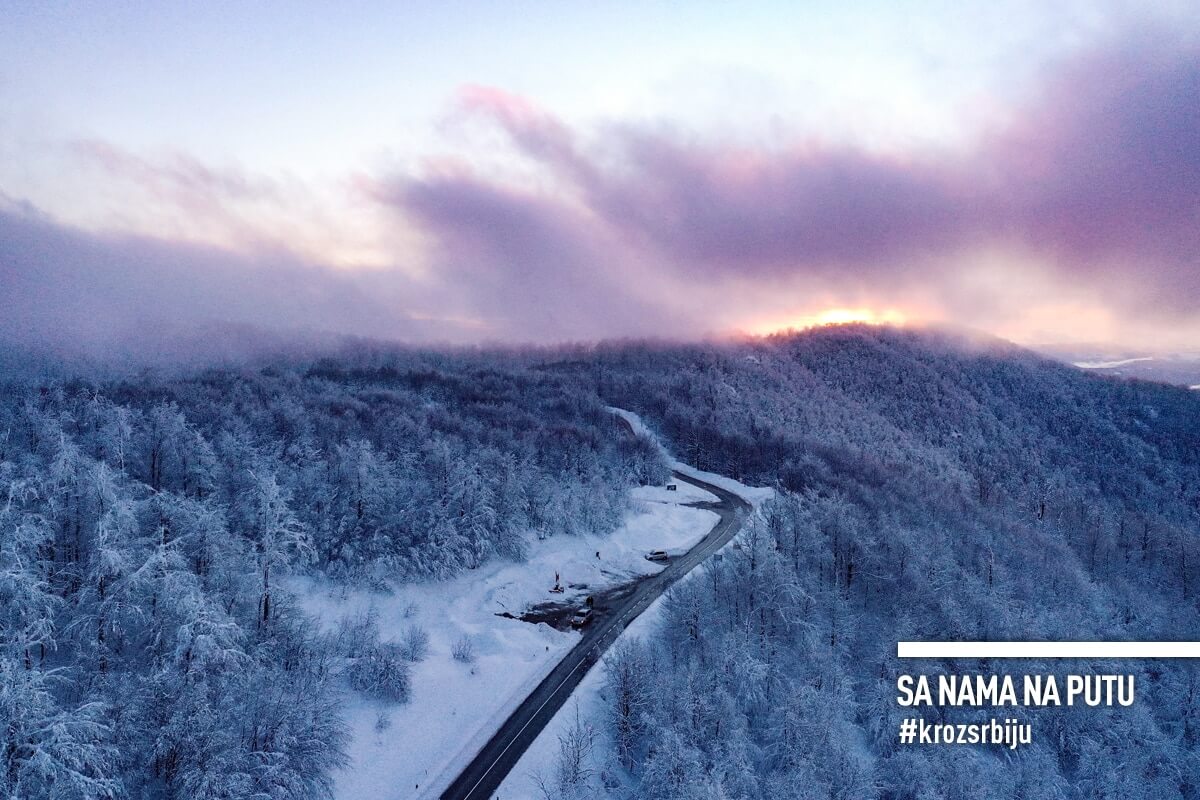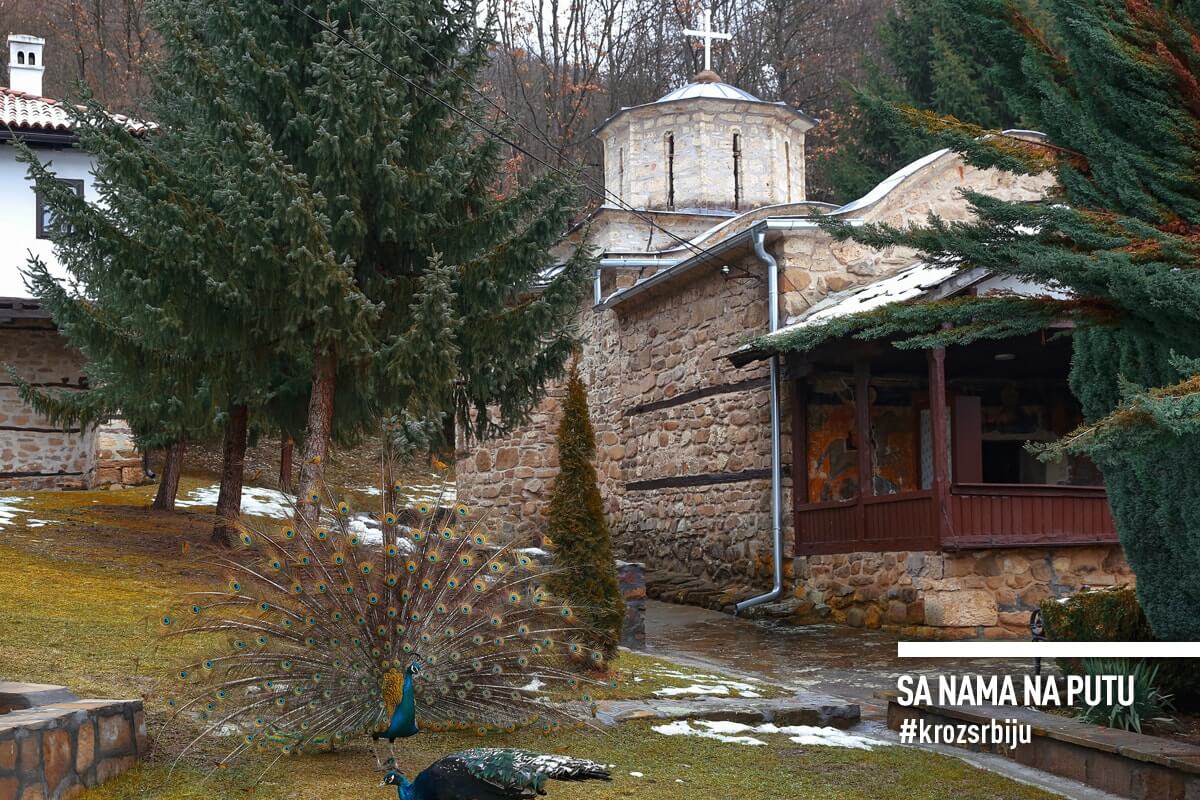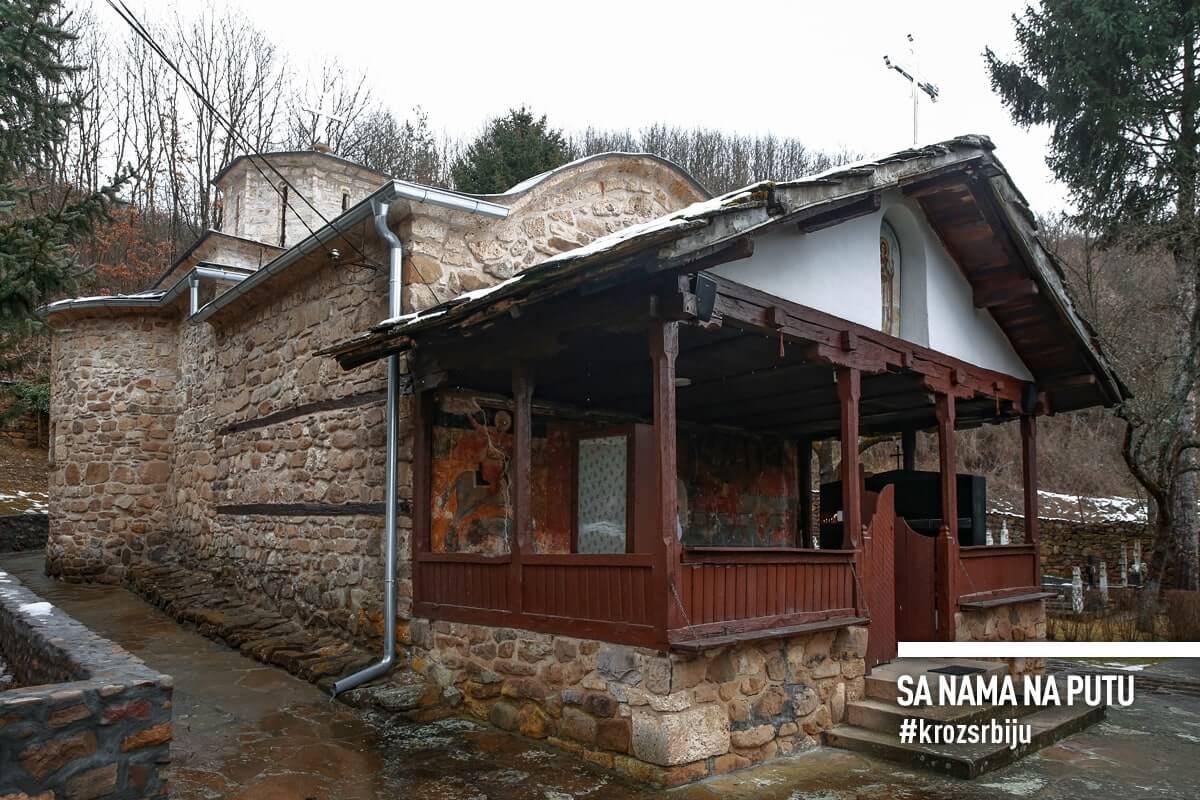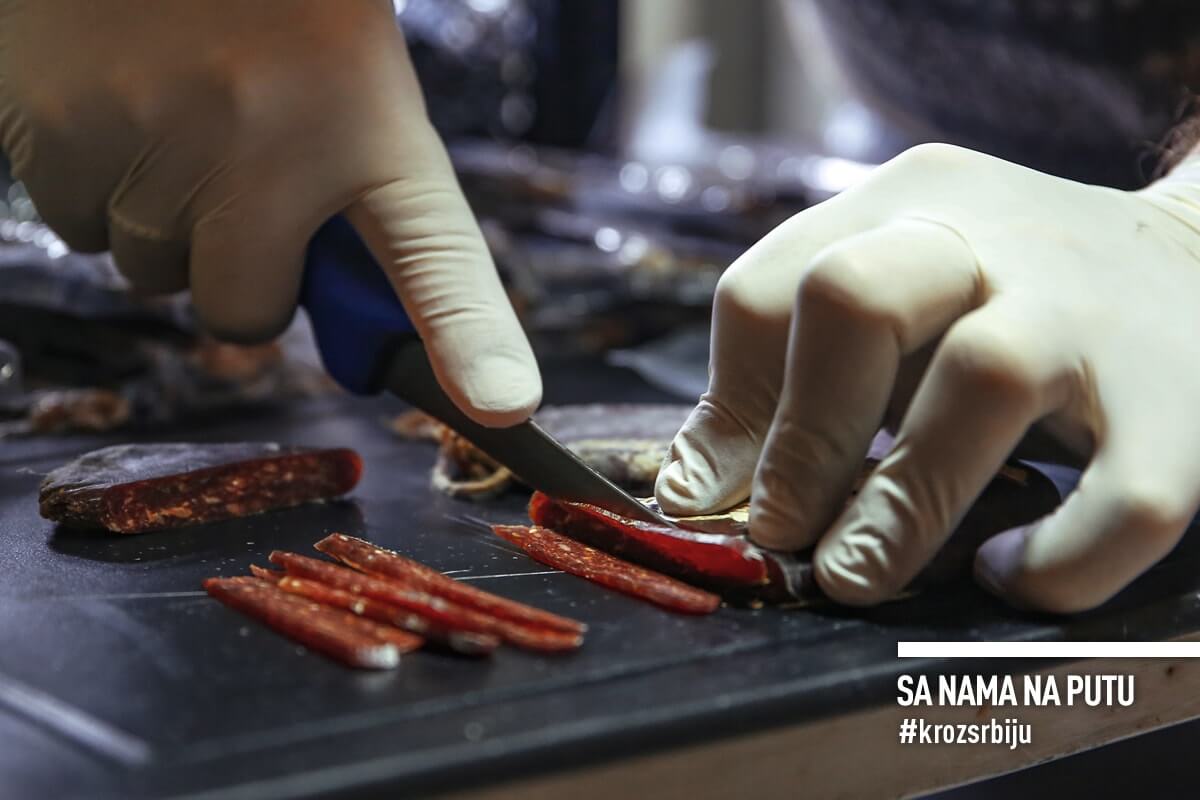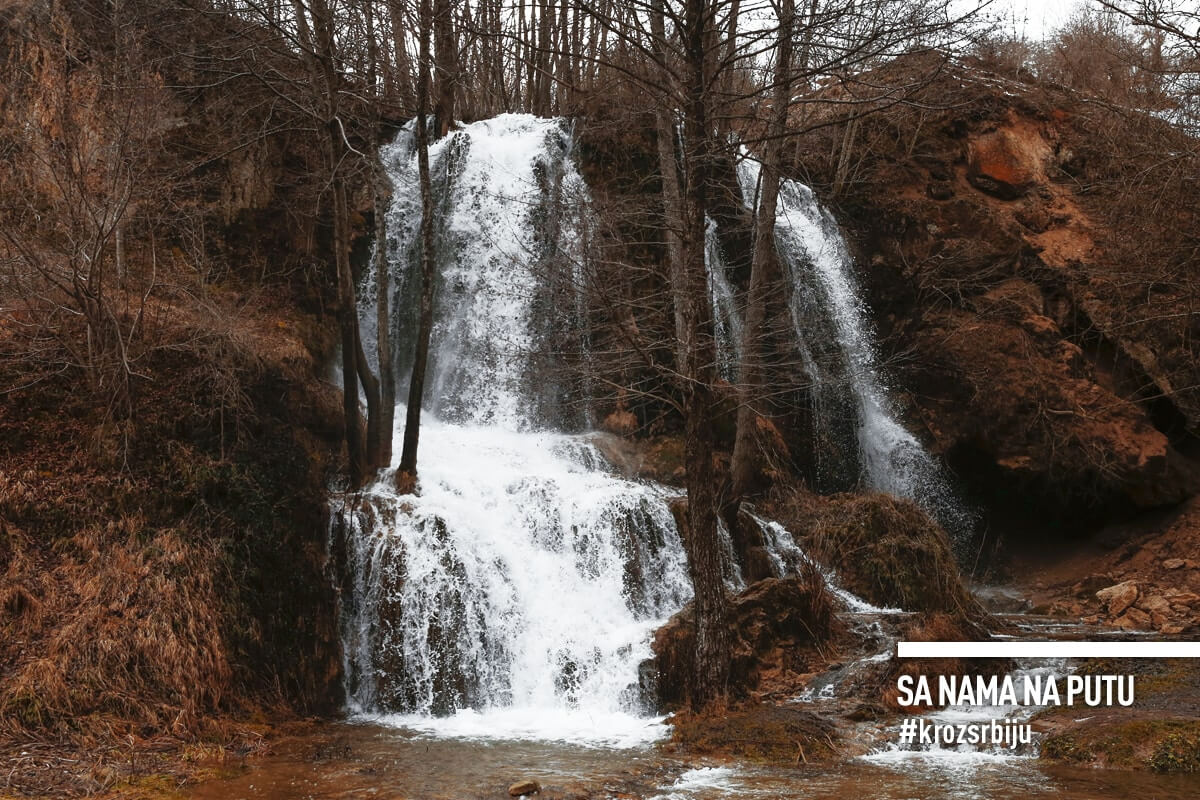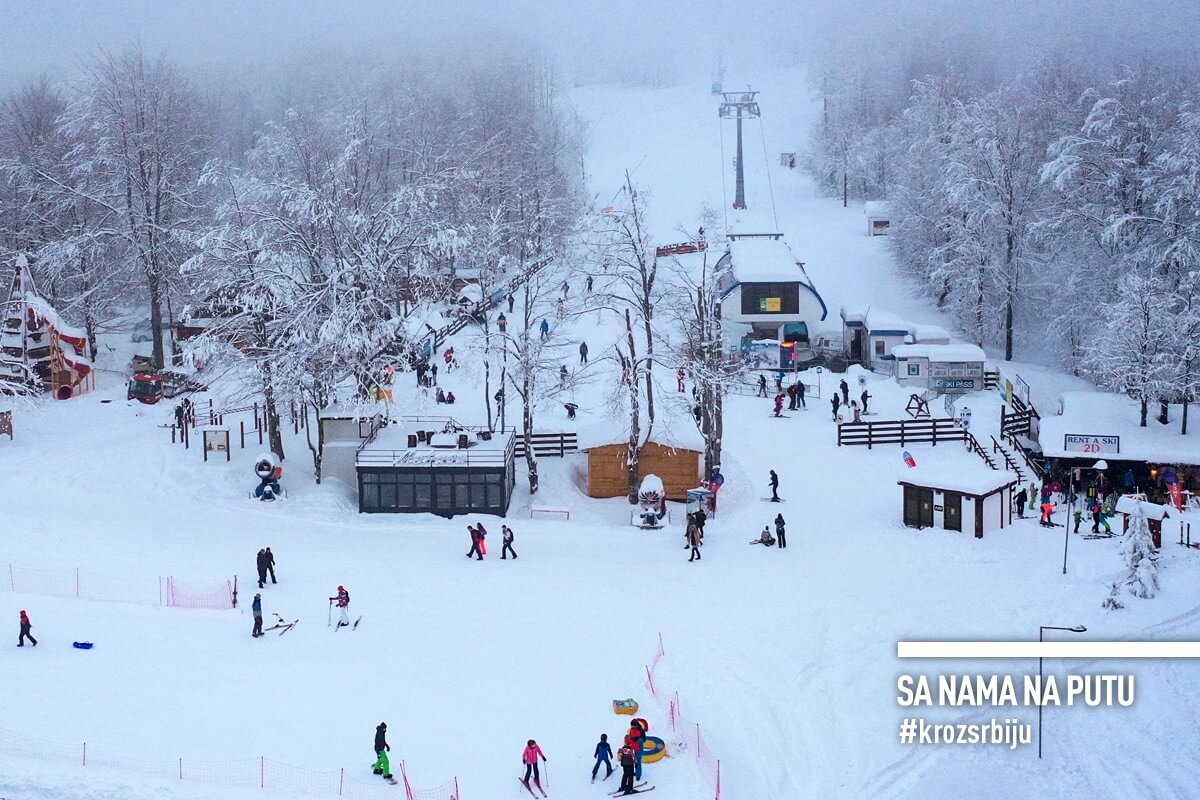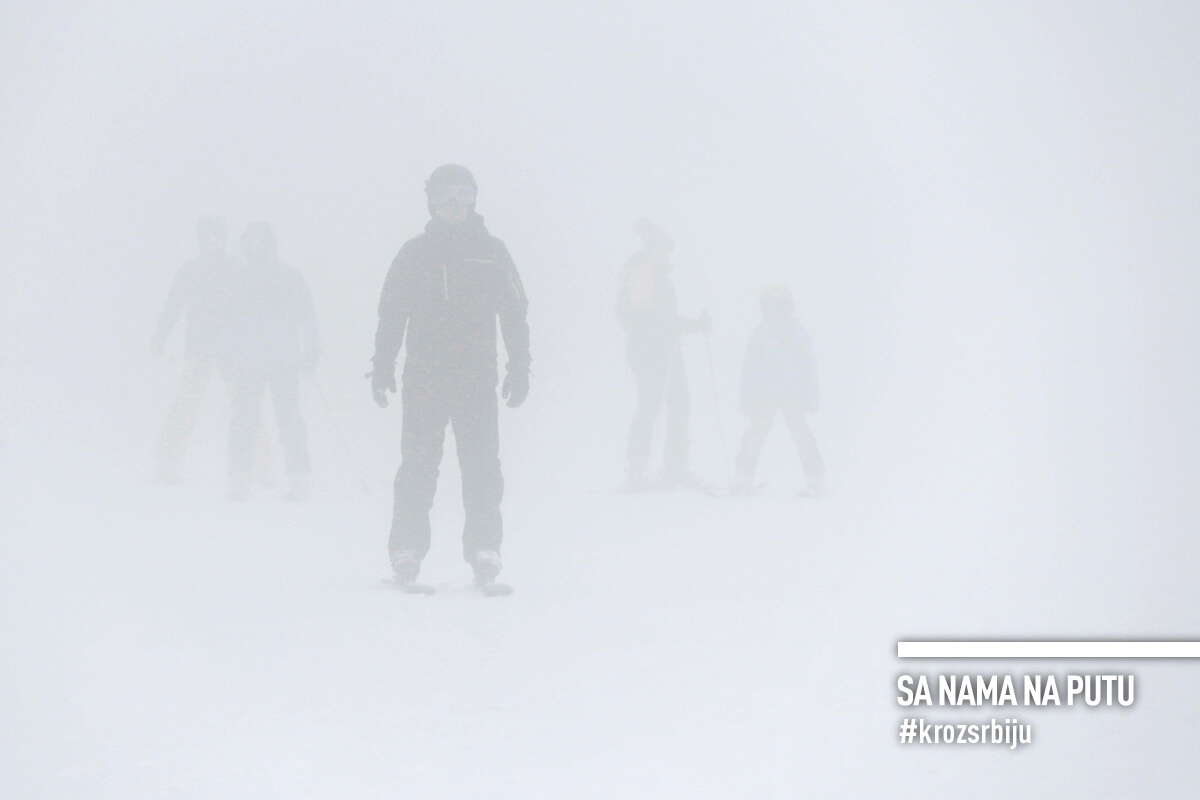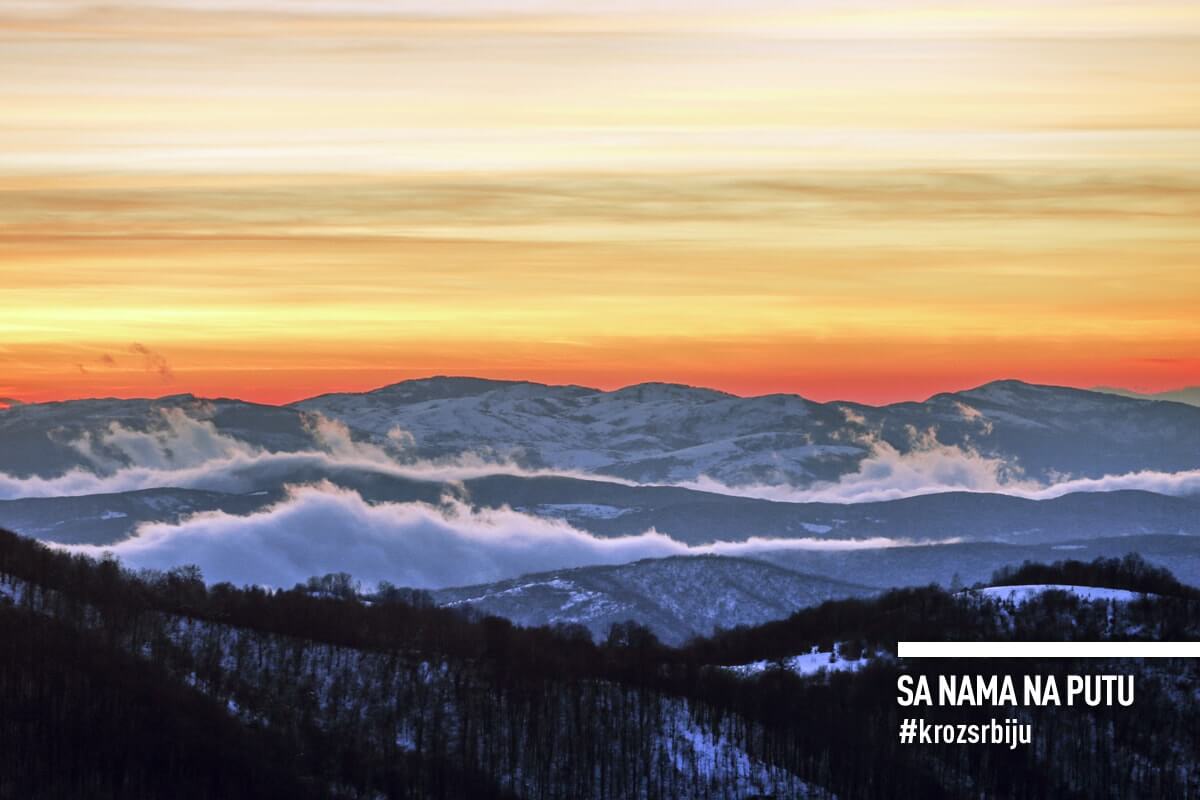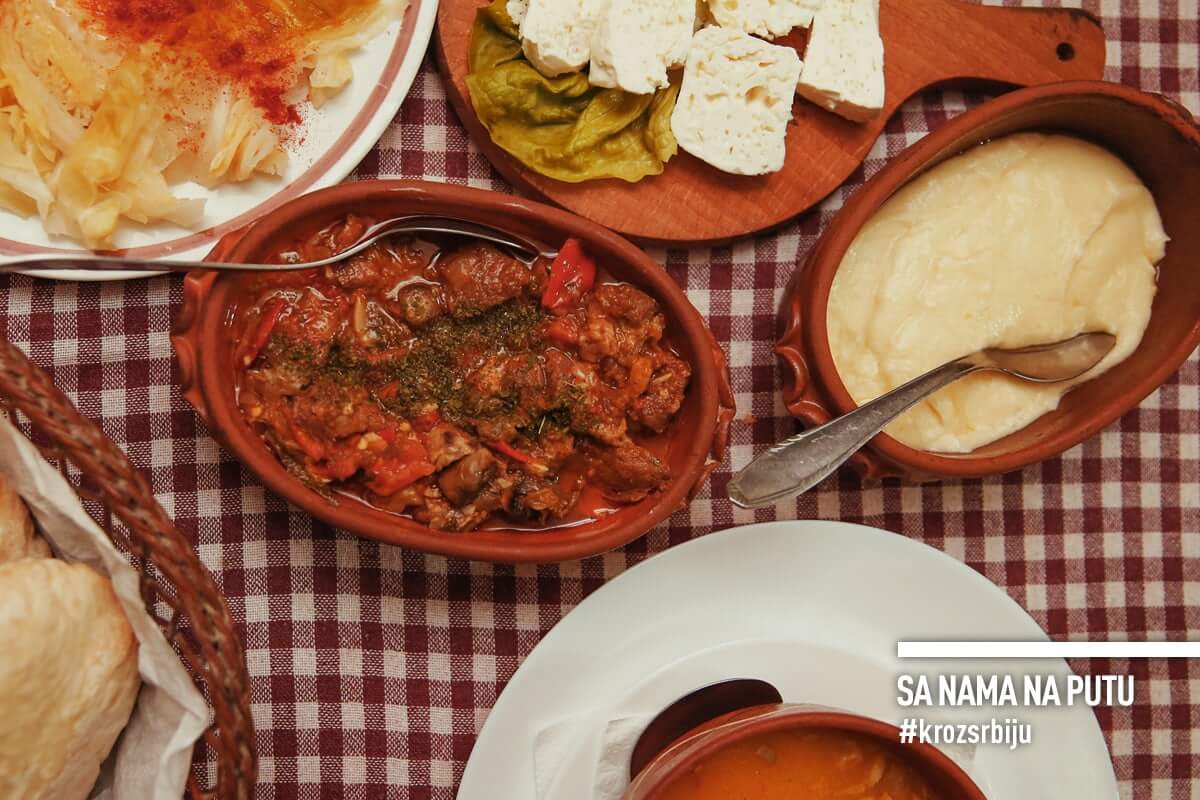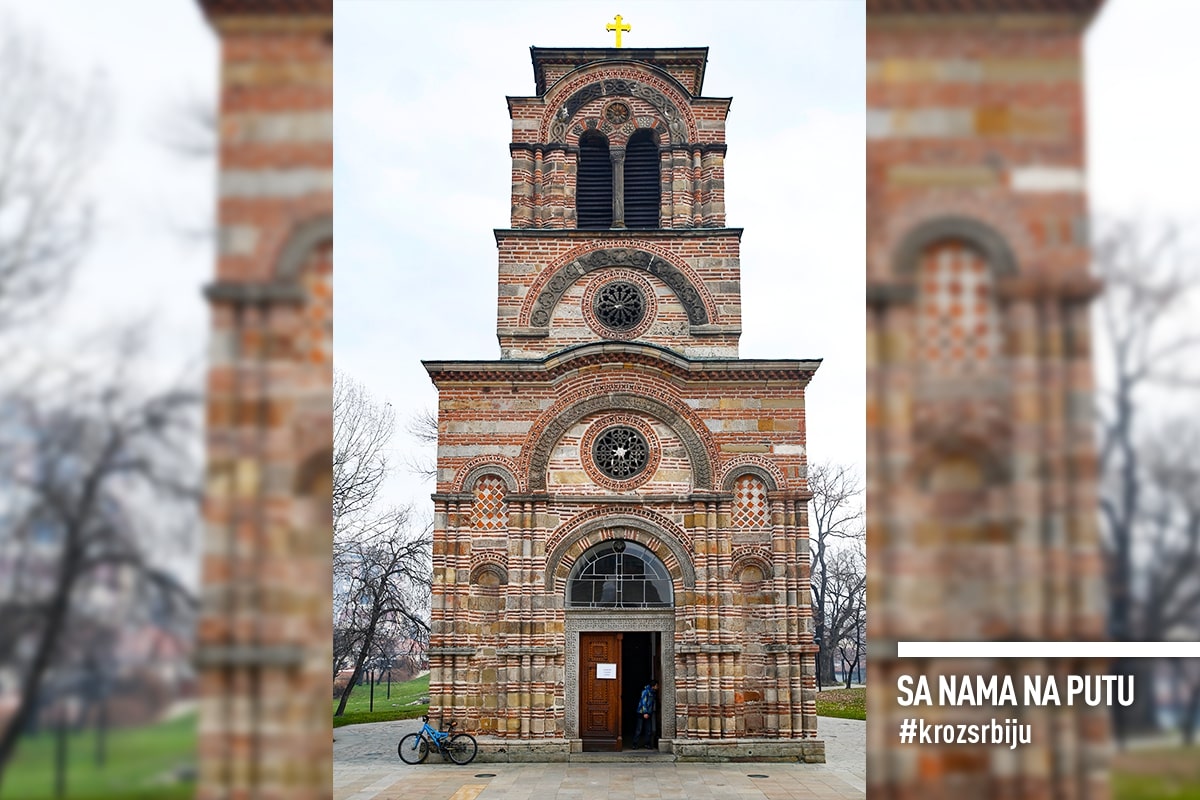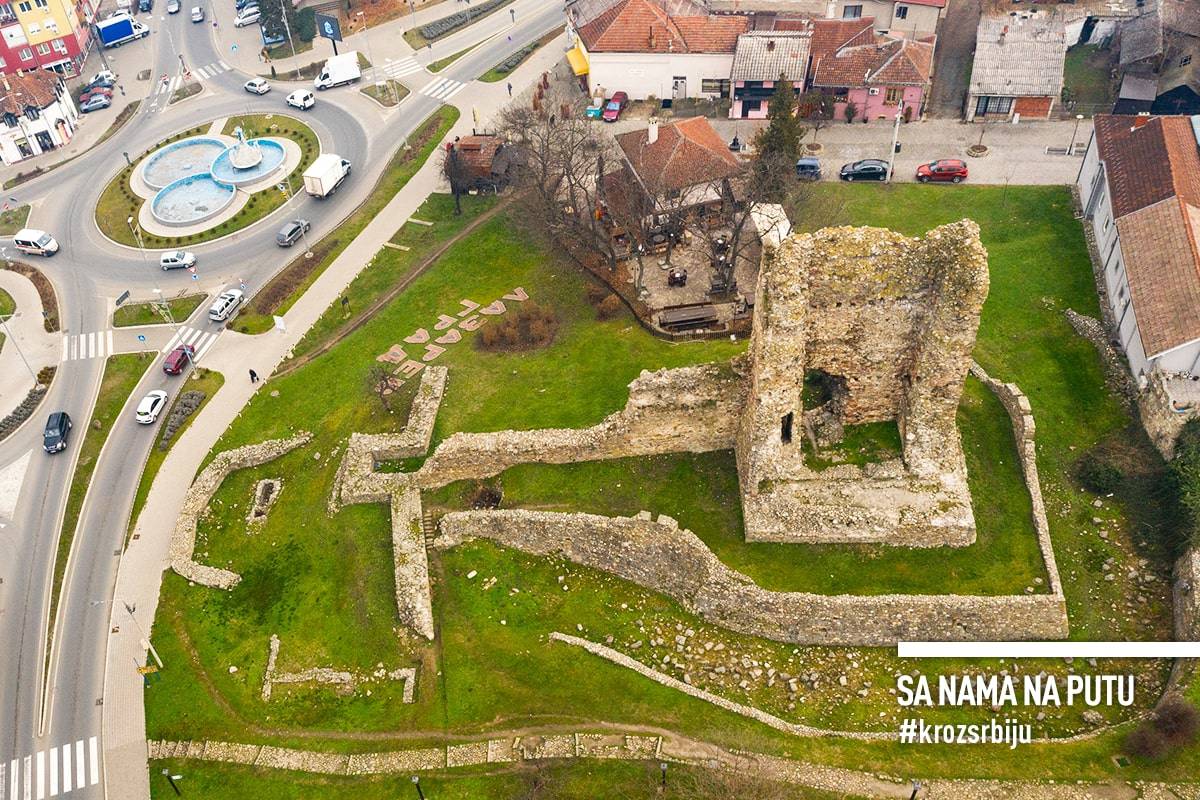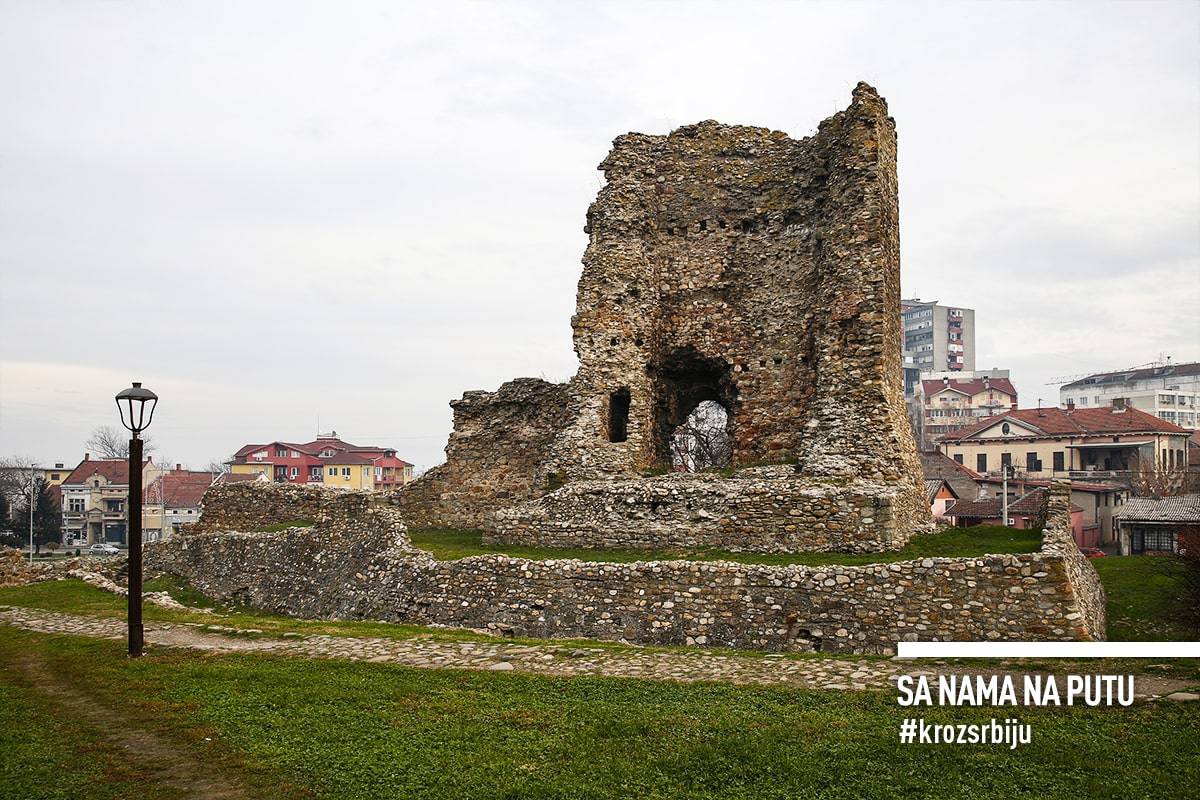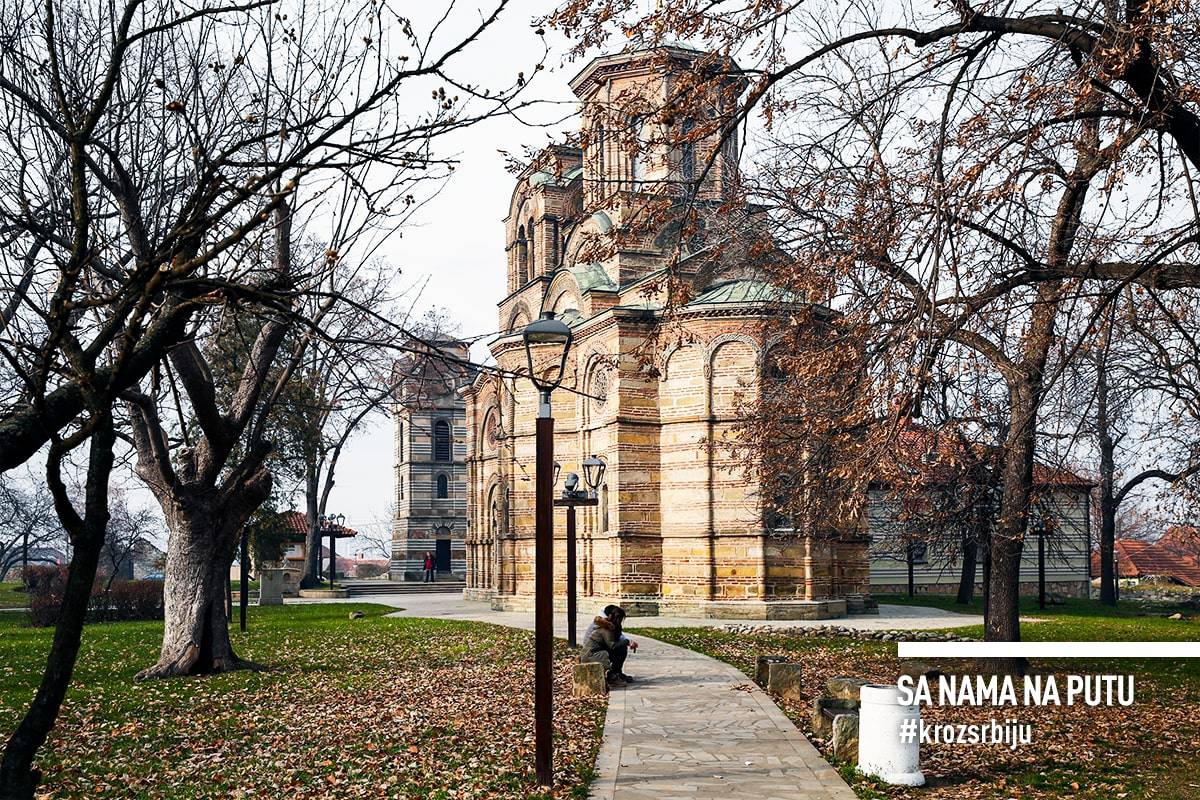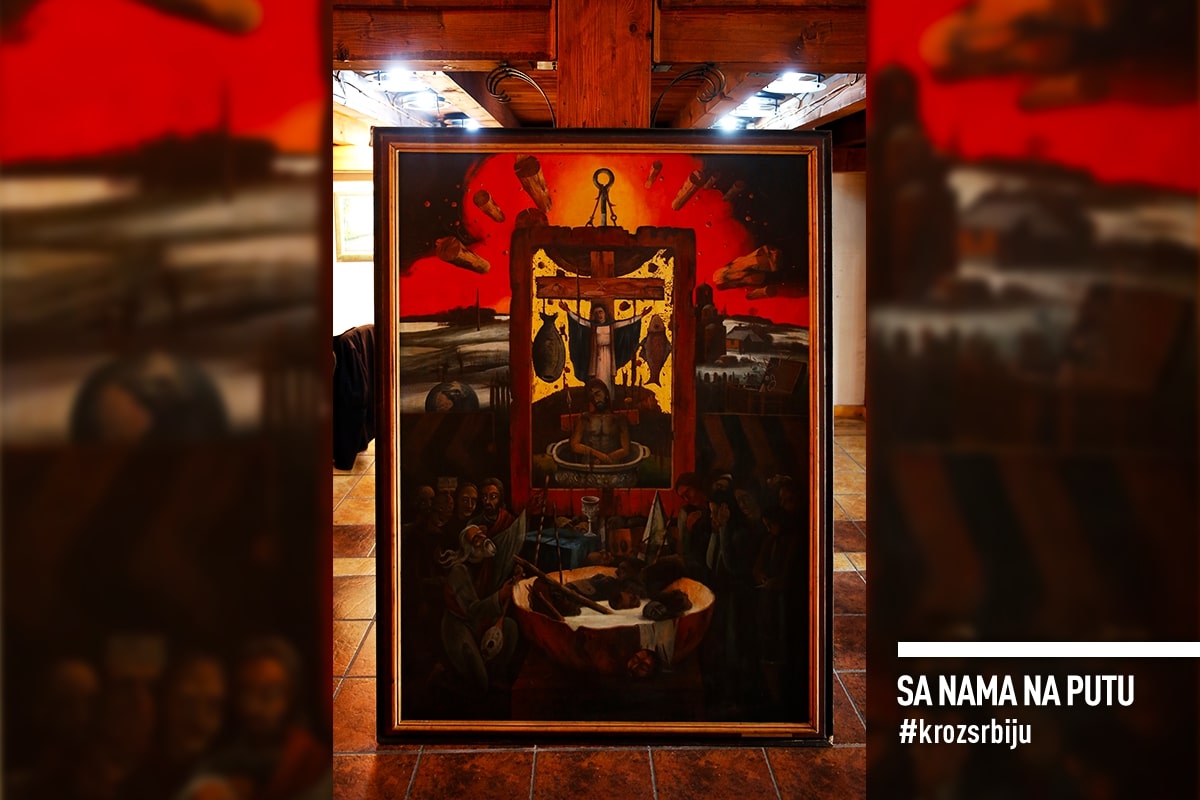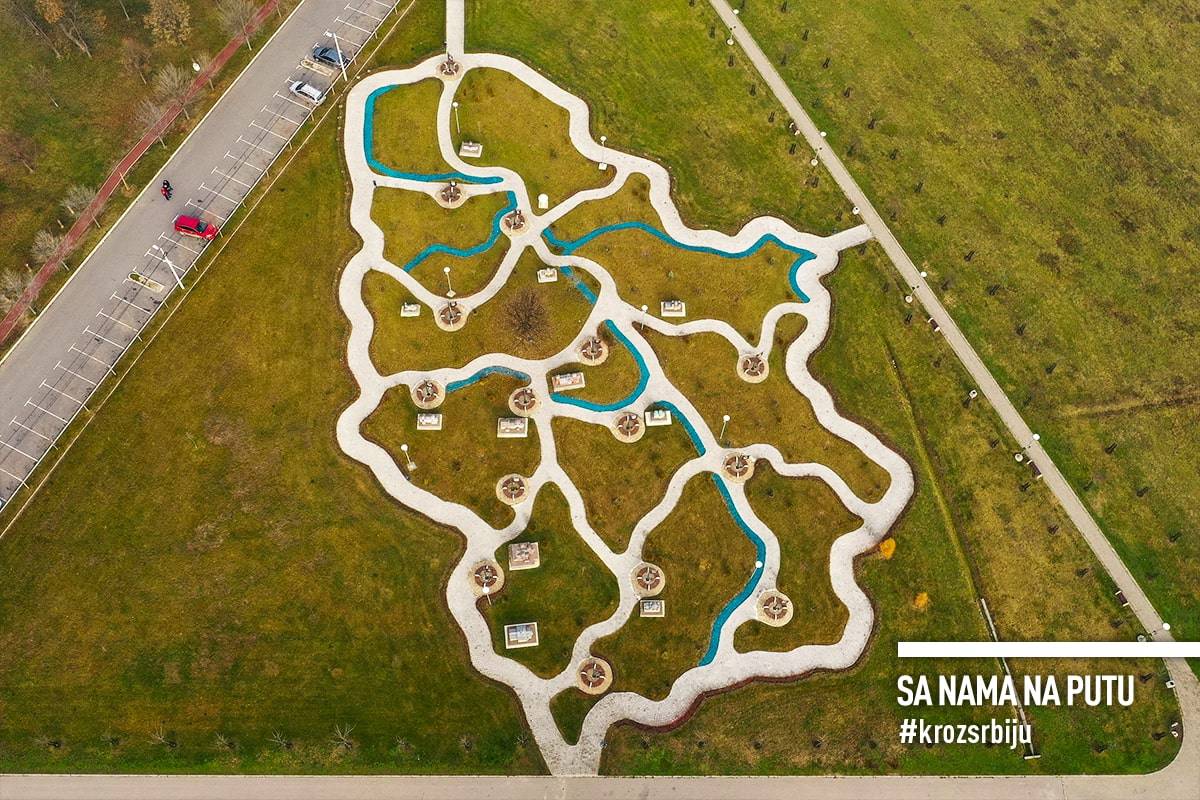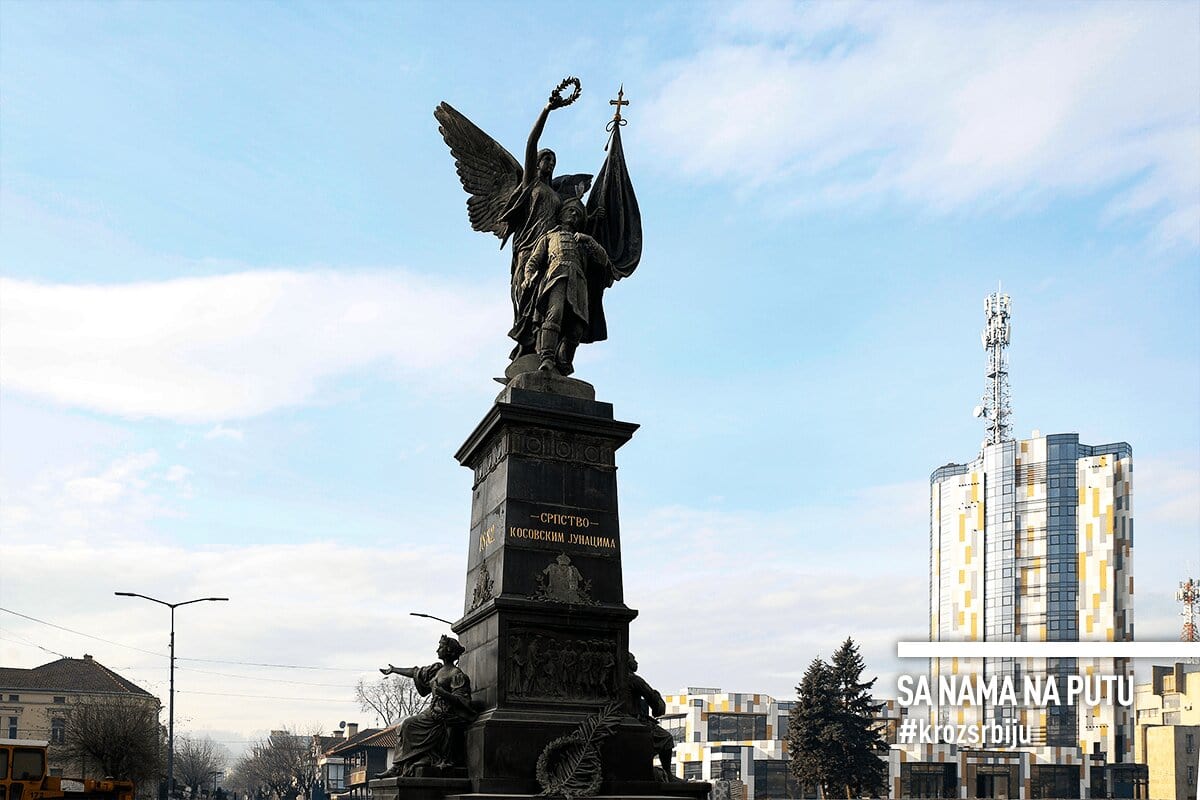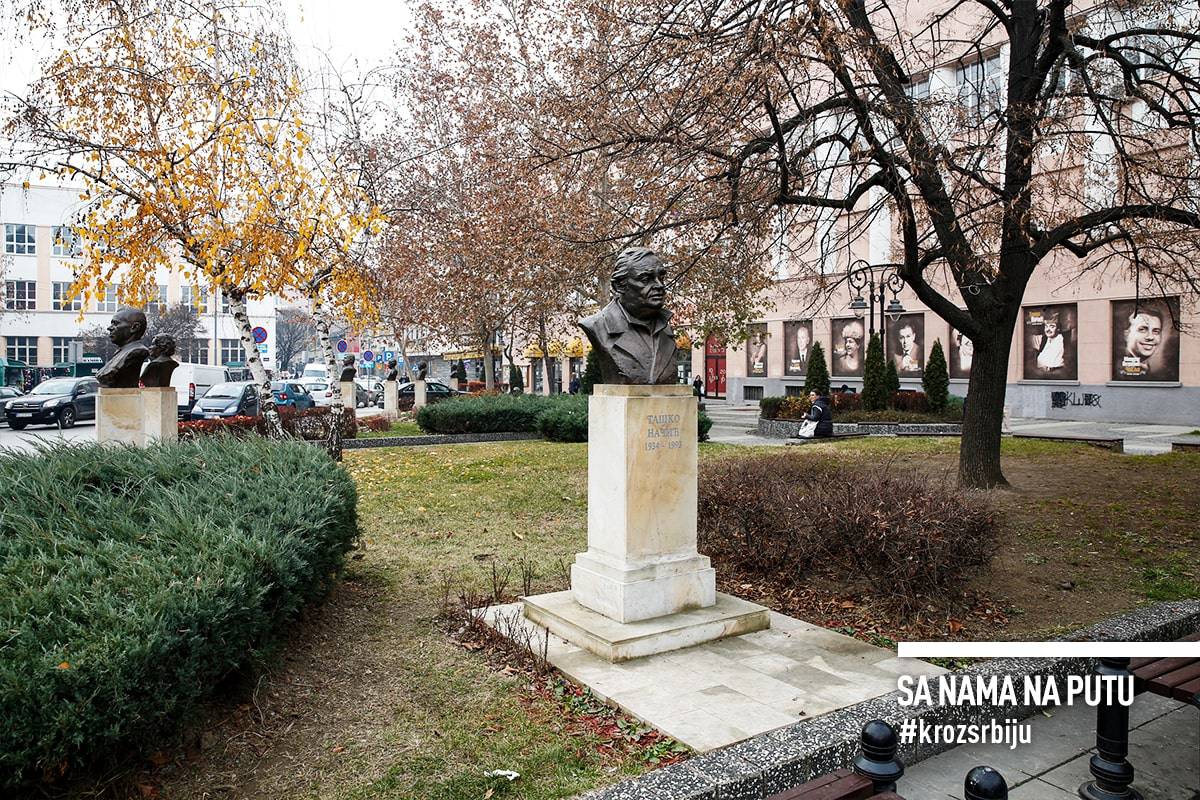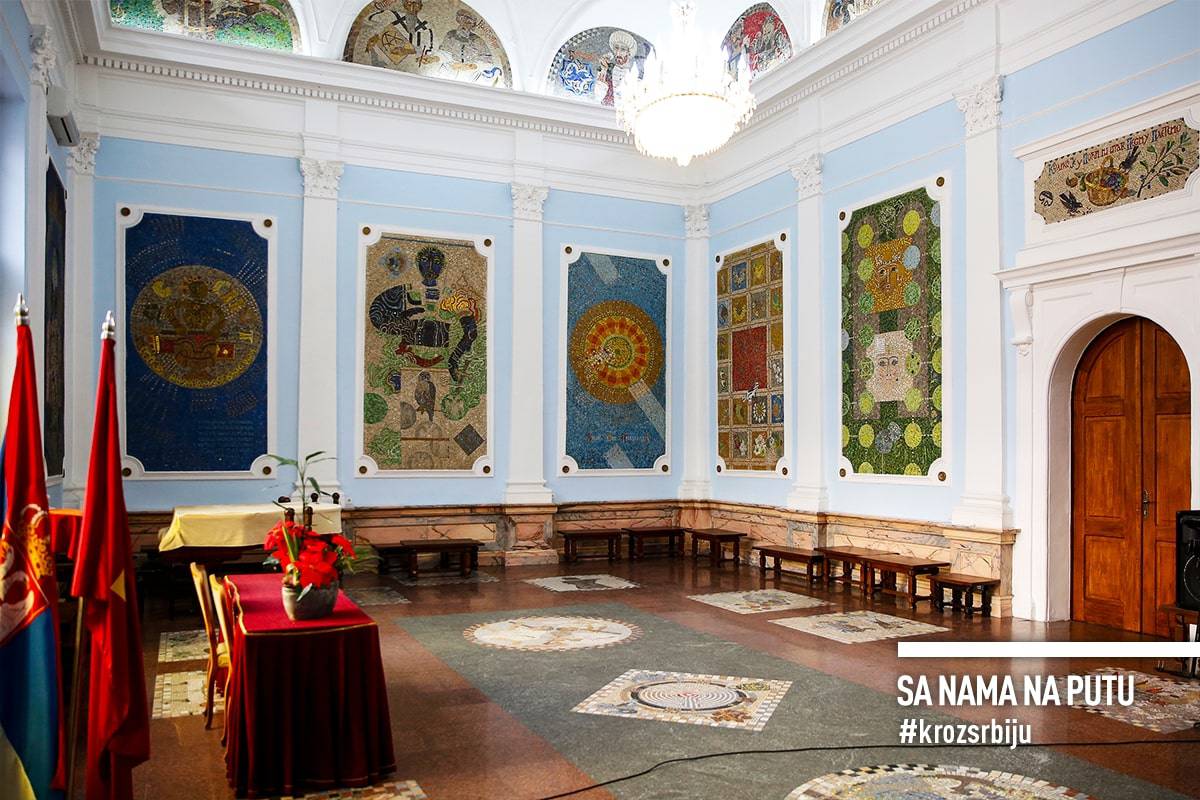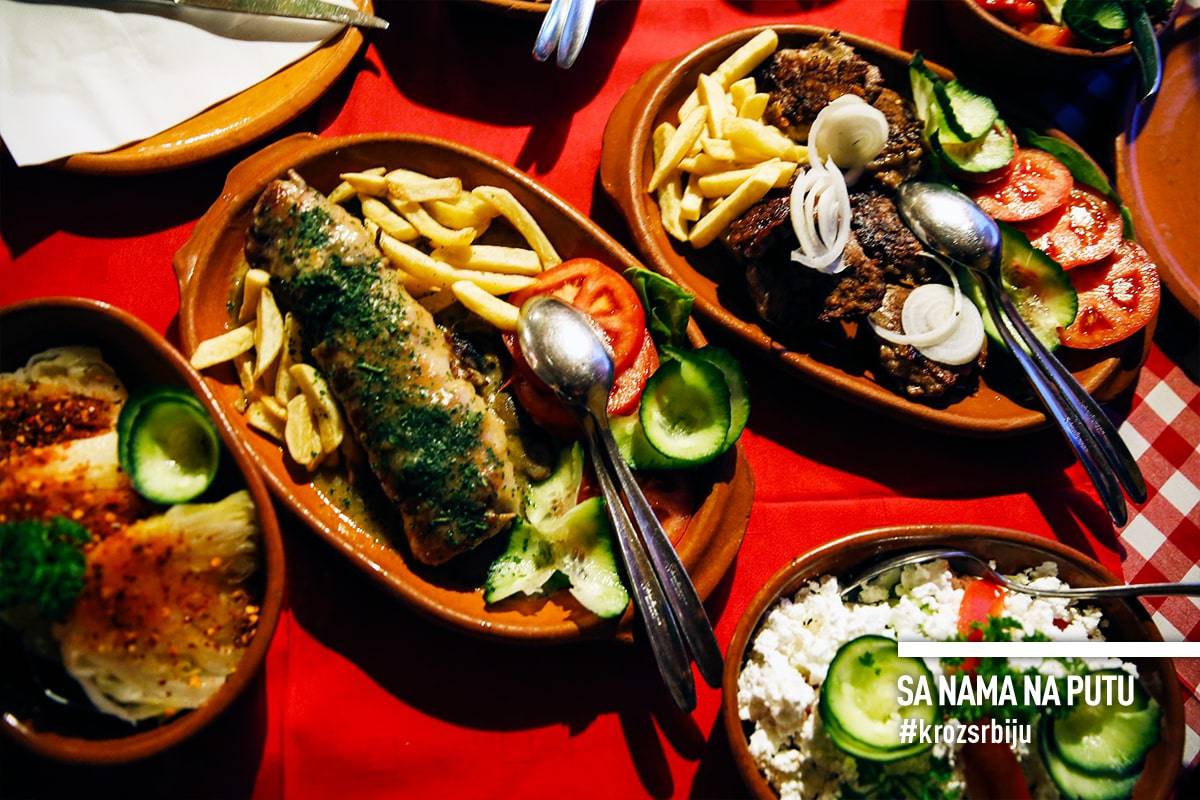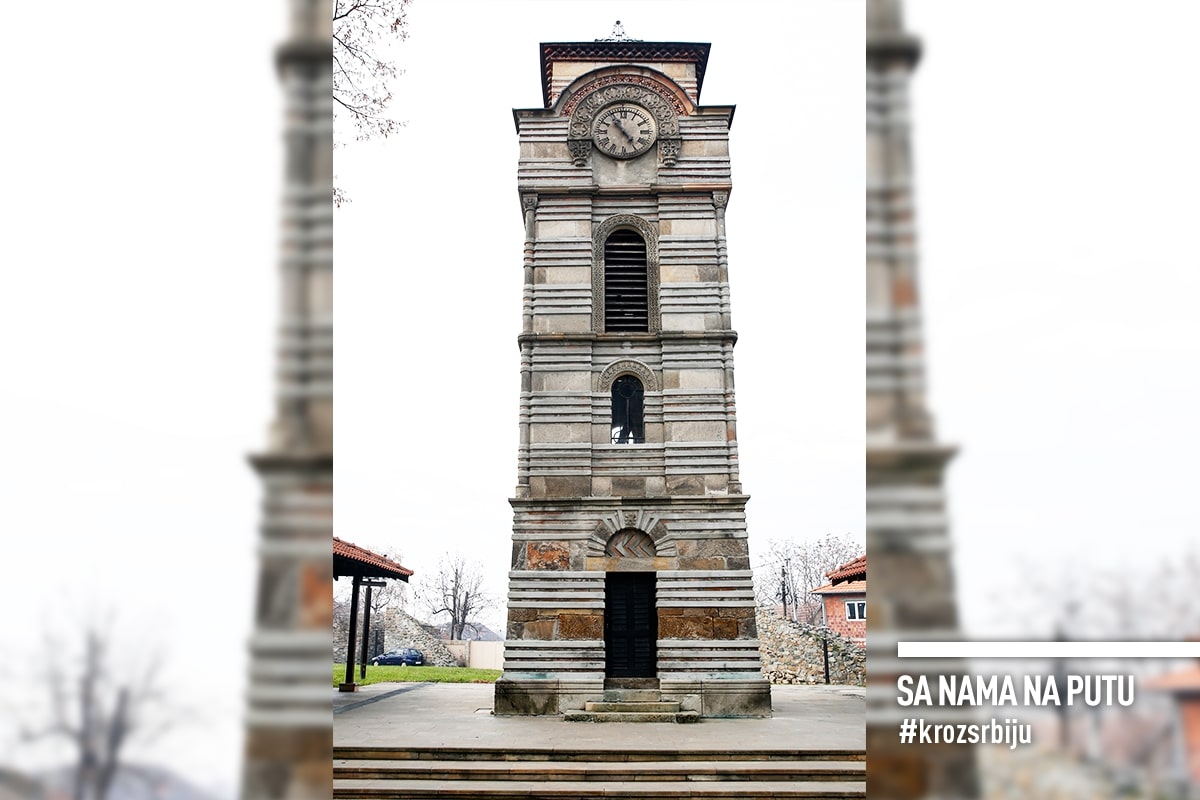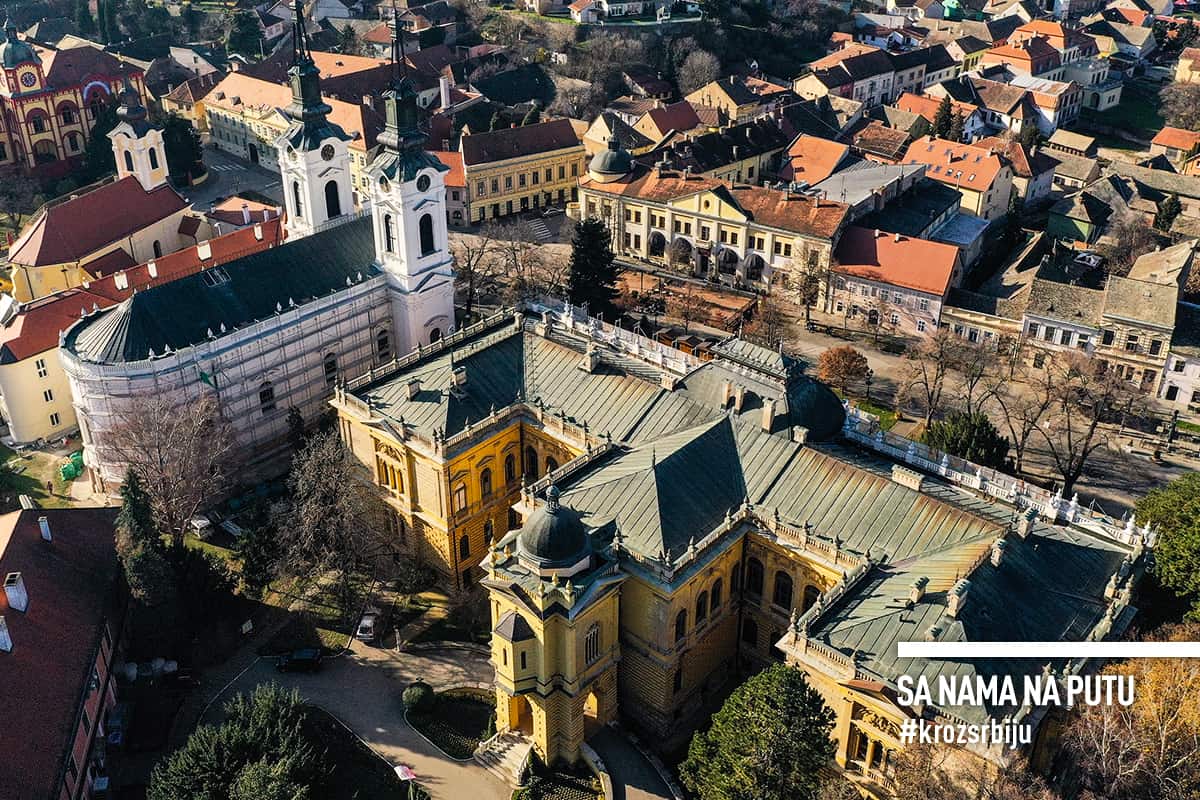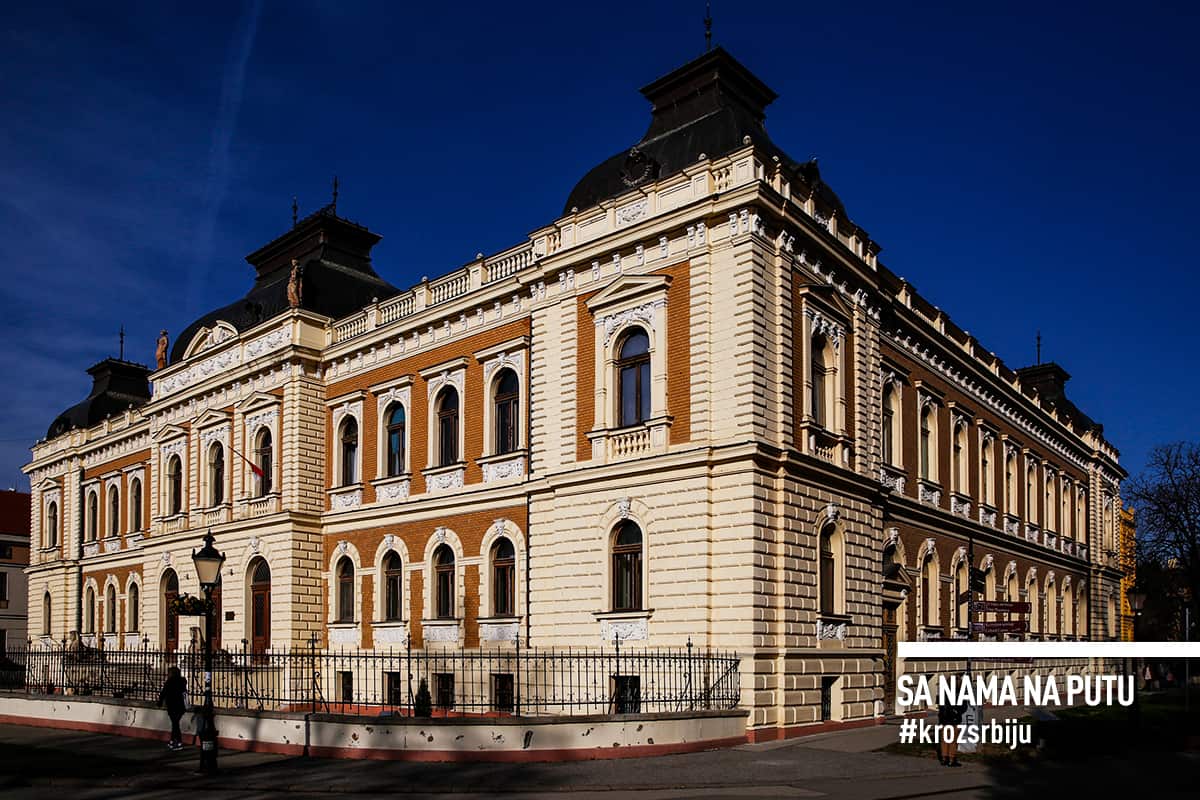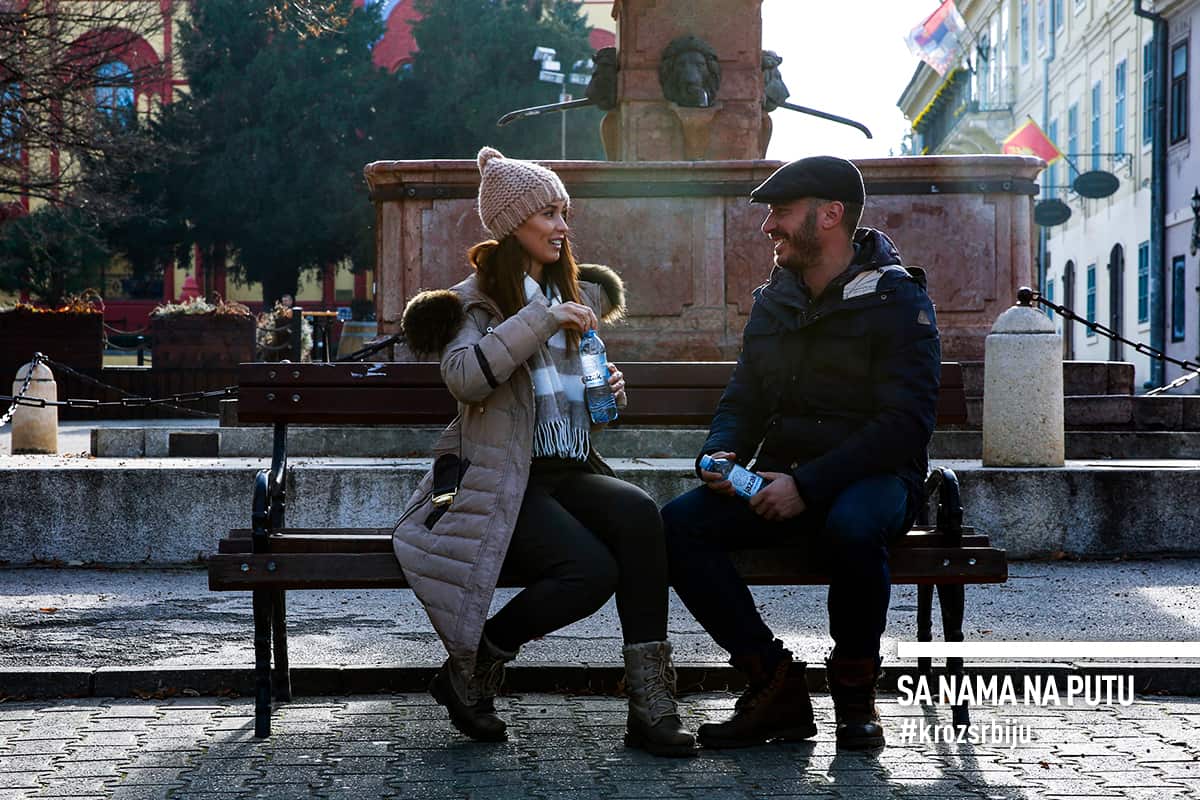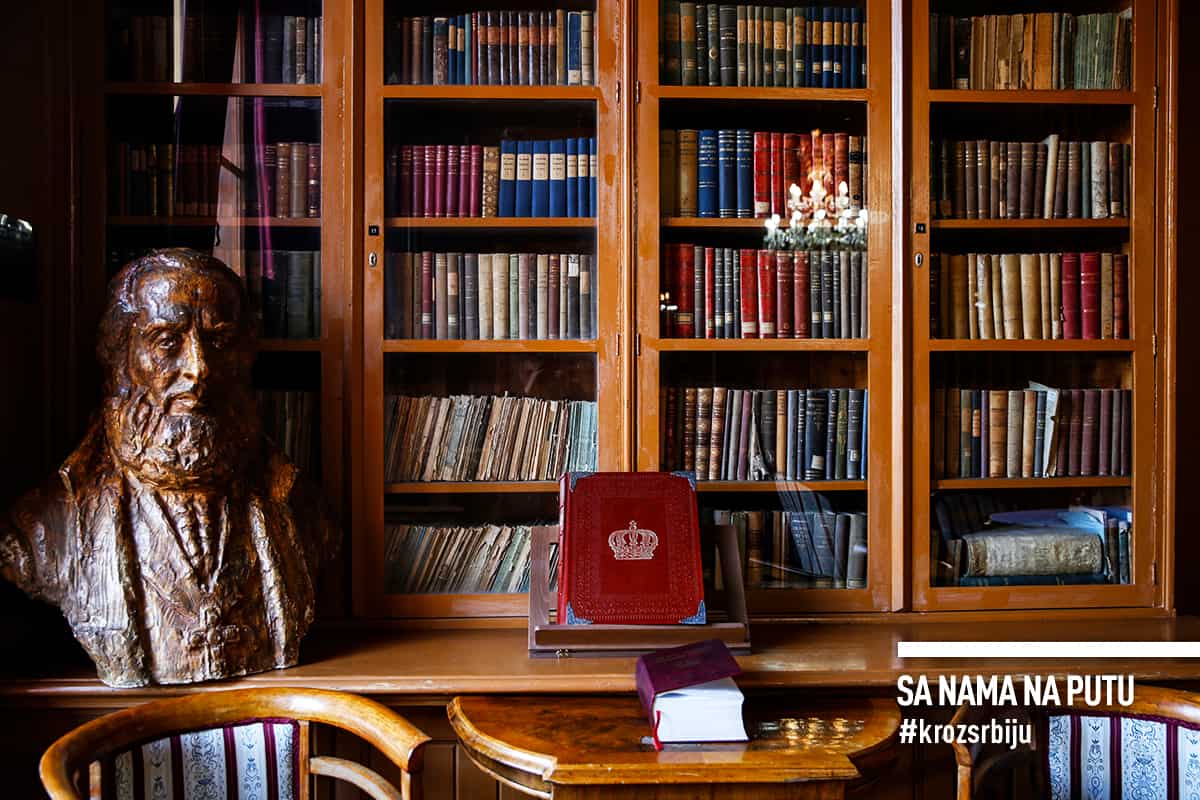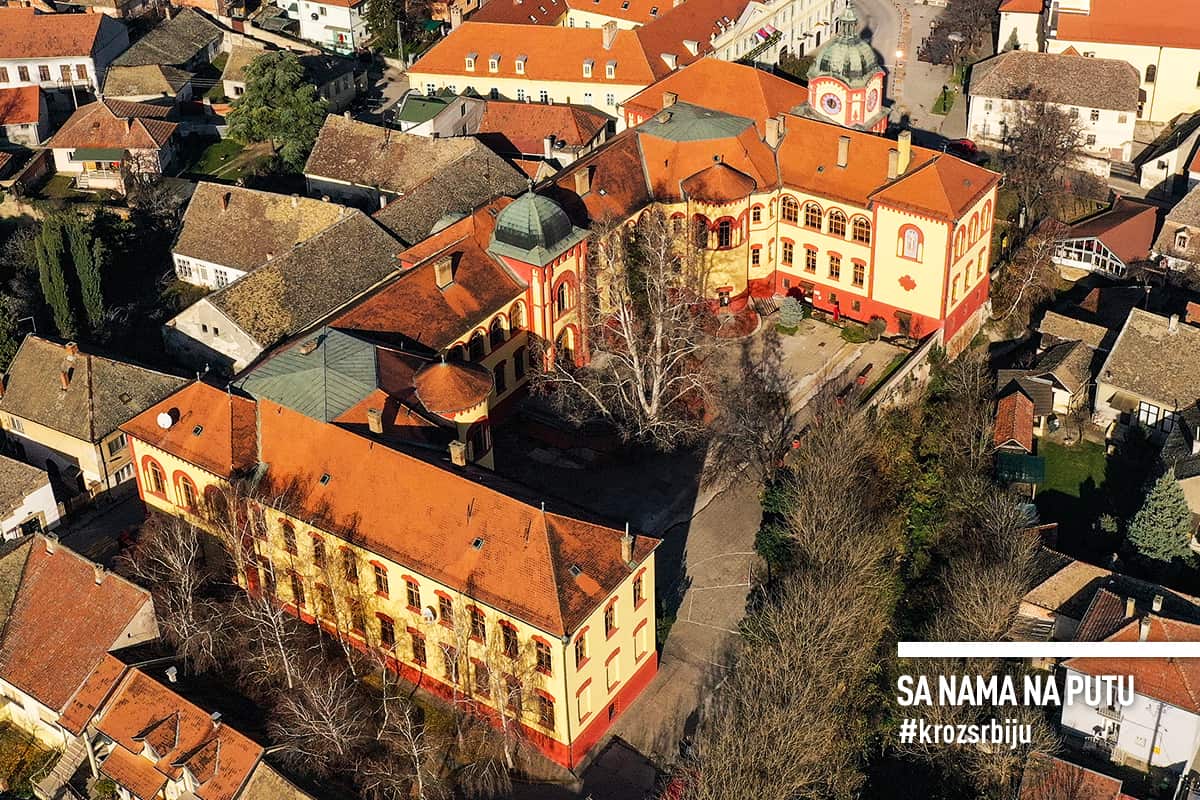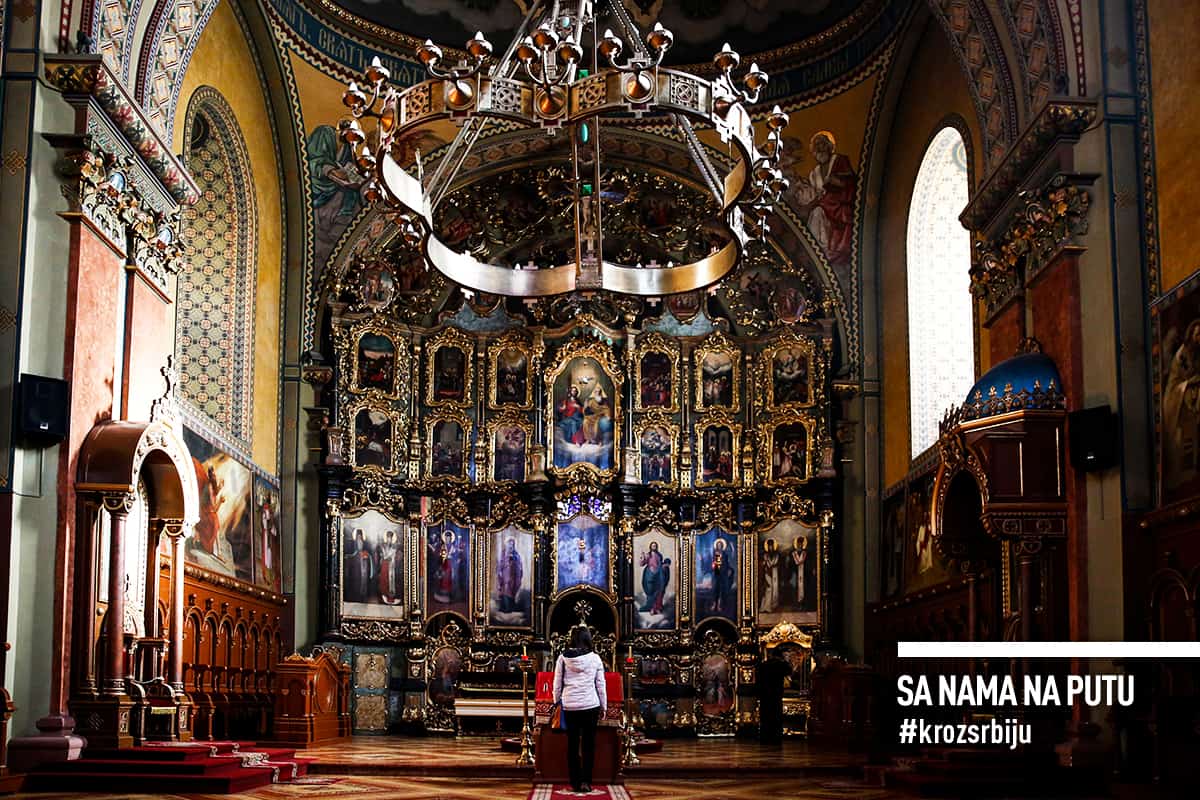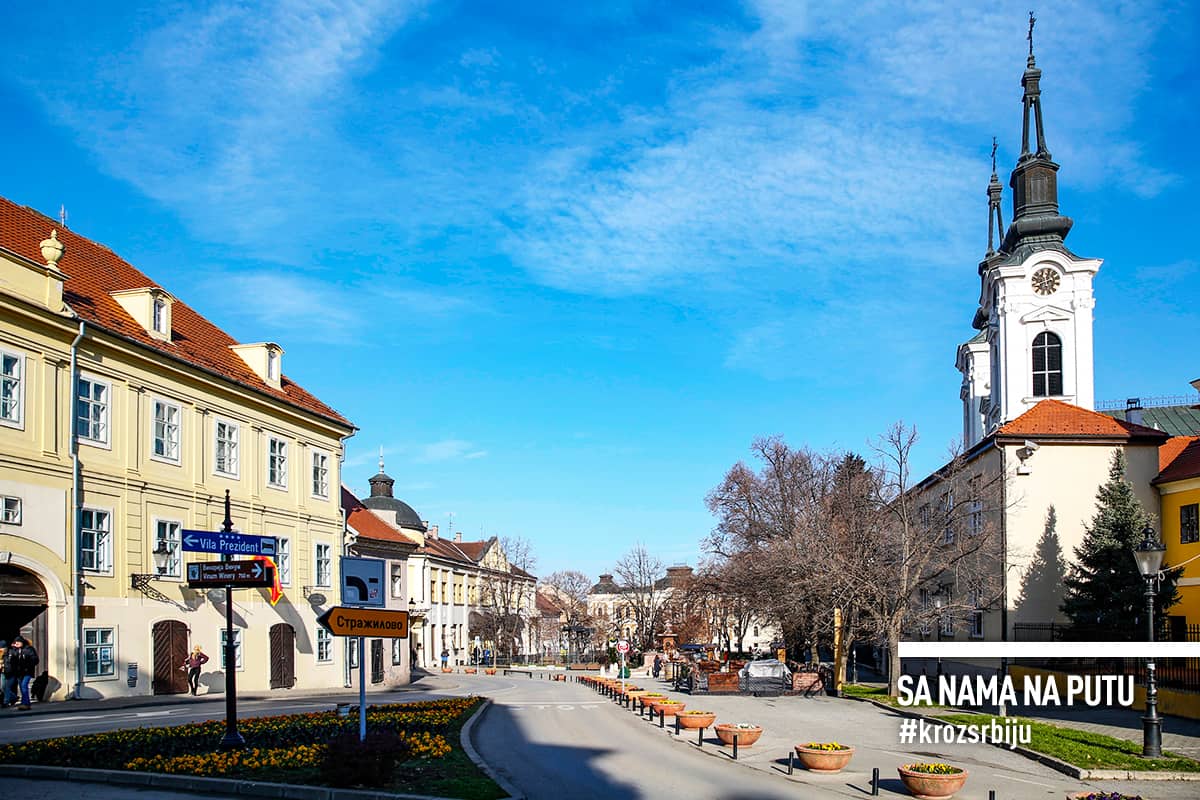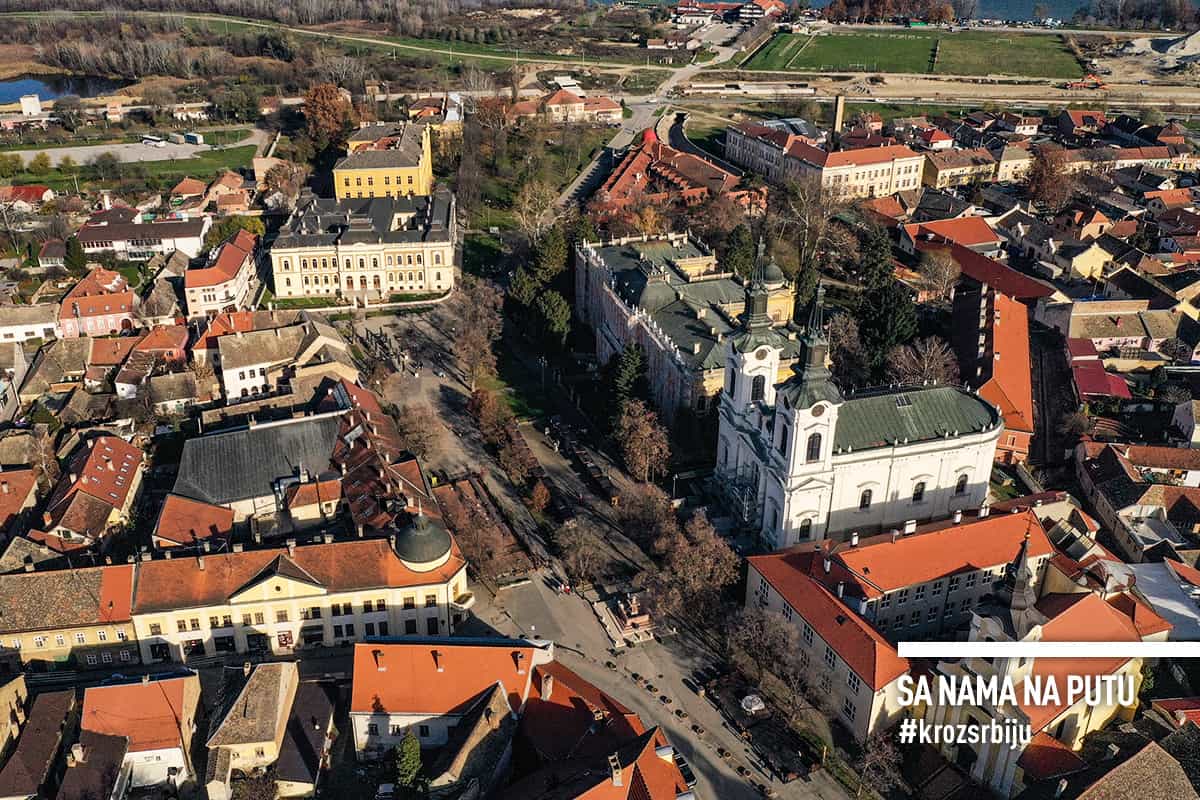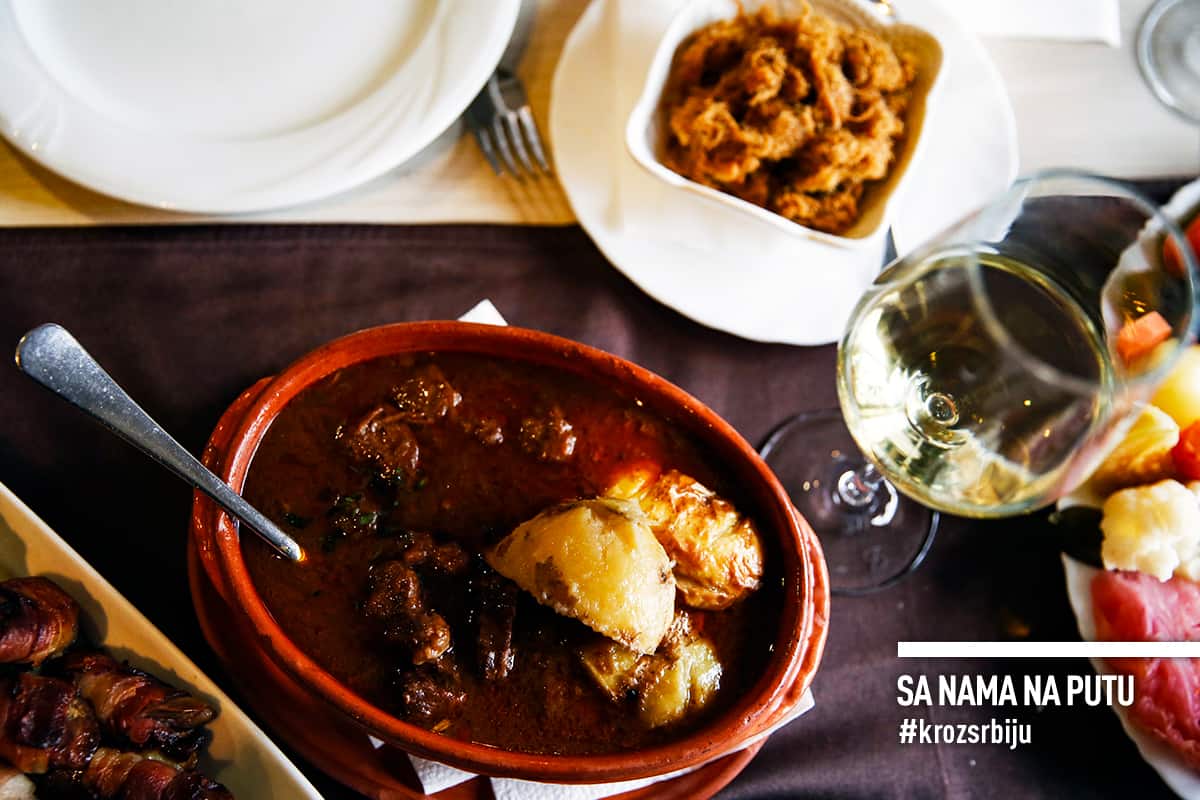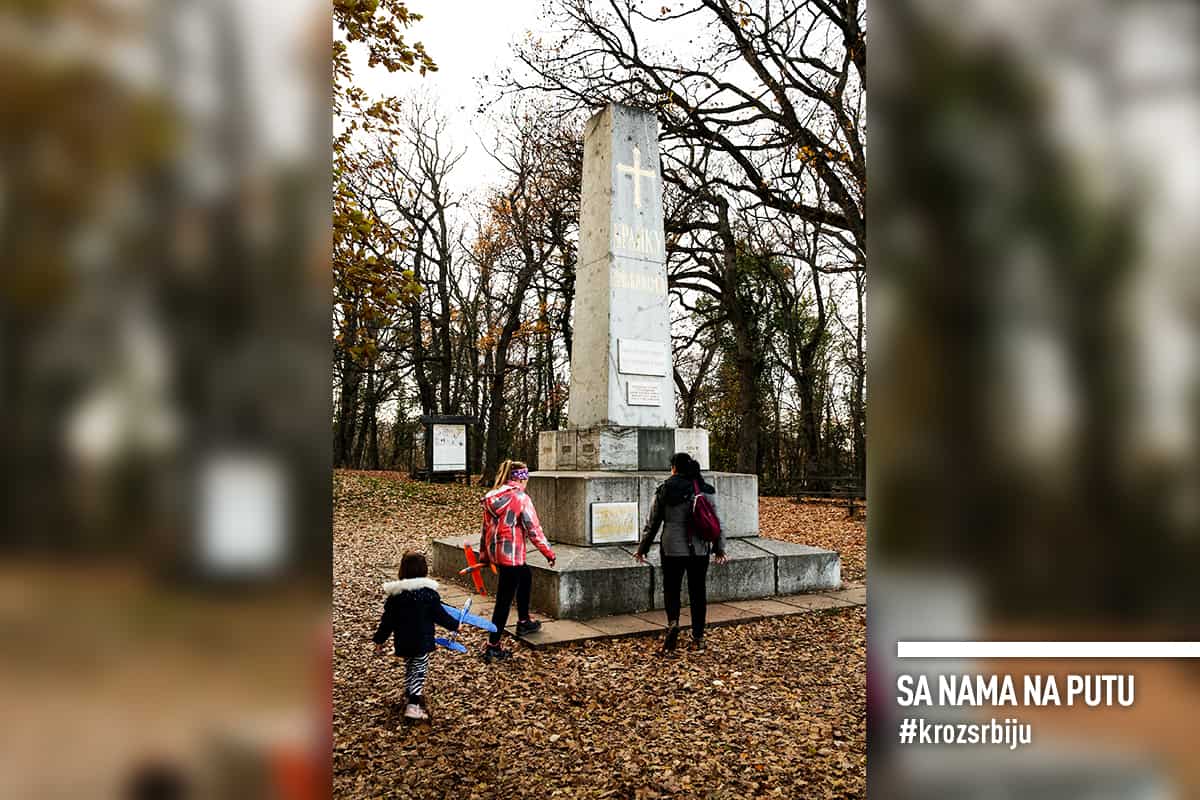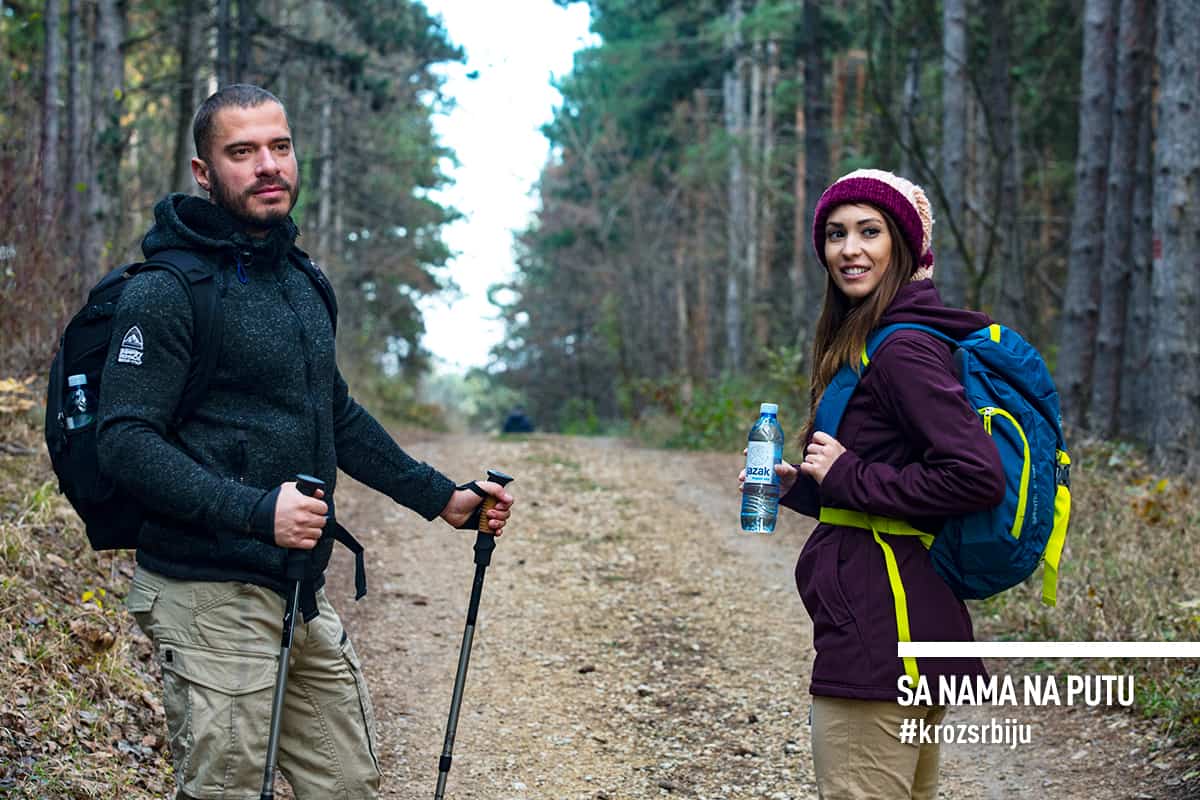Where branches of the gigantic Carpathians meet the vast plain, the slopes of the Vršac mountains embrace the sun, and the sighs of unpicked grapes and the fragrant tastes of wine are aroused by the untamed Košava wind. Where sometimes the breath of the Serbian Sahara and the Deliblato sands come and go, a small town shrunk. It’s at the bottom of the hill. It’s friends with Romania. It hugs Banat.

Why visit Vršac?
1. Because Vršac is a city of wine and famous people
It was first mentioned in the historical records in 1427 under the name Podvršan. The names of the city have changed slightly, but the summit has remained until today. It is also called Sterija’s town, after the father of Serbian dramatic literature, Jovan Sterija Popović. This is certainly justified, but perhaps a little unfair to other famous people from Vršac – painter Paja Jovanović, chess grandmaster Bora Kostić and poet Vasko Popa, who was born in the nearby village of Grebenac.
Vršac is best known for its vast and abundant vineyards, which bore fruit even in the time of the Dacians and Roman rule. It remained eternally faithful to the drink of the gods. Every September, it hosts the Vršac Grape Harvest Days, which locals have sympathetically christened Grožđebal (Grape Ball).
Today it lives in a wealth of different national communities, cultures, and religions. In peace and harmony. It managed, miraculously, to contain all sorts of tempers. The citizens of Vršac are friendly, relaxed, and smiling. One can see that they love their city. It is clean and tidy.
A lot of people could follow in their footsteps.
2. Because the city beauties enchant you at every step
At a time when culture and everything old-fashioned has been neglected, Vršac cherishes its heritage. Especially its architecture. There are no skyscrapers or fancy high buildings made of glass. Everything is harmonious and lovely. One could even say poetic. It is a pleasure to walk and look around. Among the most magnificent buildings are the Bishop’s Palace of the Banat Diocese from 1750, which after the renovation took on a neo-baroque and neo-Renaissance appearance, and the neo-Gothic Town Hall (Magistrate). Don’t miss the opportunity to climb the stairs to the pharmacy. The Baroque building where the first Vršac pharmacy At the Saviour’swas opened in 1784. It is one of the first pharmacies in Serbia. Locals claim that it was actually the sixth in Serbia.
Ethnic diversity has also contributed to its rich religious architecture. The cathedral of the Holy Father Nikolaj, from the second half of the 18th century, is the oldest Orthodox church in Vršac. The Roman Catholic church of St. Gerhard dating from the second half of the 19th century. An impressive neo-Gothic place of worship with towers touching the clouds. It undoubtedly dominates the city. Romanian Orthodox church, built at the beginning of the last century. Large and colorful, on the outside. We did not enter, nor did we enter the Catholic one. They are both closed. Whether we showed up at the wrong time or whether they only open their doors for special occasions, we were unable to find out. Too bad. The interior of both must be equally lavish.

On the main square is the building where Karađorđe was staying. On his return from Russia, in the early days of July 1817, he secretly stayed at the Stenger Inn. In a hurry, in the spirit of the eternal insurgent, he did not pay the bill with money but left two silver firelock guns. The inn is now history, but the building holds the memory of Karađorđe, his painting, and the name Two Guns.
3. Because the city museum is the heir to the works of the famous realist

It is housed in the Concordia building, with stylistic features of classicism. Founded in 1882. It owes a great debt of gratitude to a researcher, teacher, and publicist Felix Milleker, who made a significant contribution to the museum’s collection. The atmosphere is warm, non-sterile as in most buildings that guard cultural treasures. The social and cultural life of the city is presented in the Chronicles collection. Two rooms with the paintings of Paja Jovanović. The famous “Vršački triptych” and a life-size portrait of Aleksandar Karađorđević, painted a few years before the assassination in Marseille, and several other portraits of famous people, as well as an authentic color palette used by the world-renowned realist. Archaeological and ethnological collections are also on display, and weapons will soon be presented, too. The museum space in the Concordia building is not large, but the setting is very interesting and receptive.

4. Because Sterija wrote his works in it
It was raised by Sterija’s brother Đorđe in the second half of the 19th century on the foundations of the old one, in which Jovan was born. Authentic furniture, piano, and writing desk where he created “Pokondirena tikva”, “Zla žena”, “Kir Janja”, and “Laža i paralaža”. Some original manuscripts, photographs, and portrait of Sterija, by Uroš Predić, another master of realism, are also on display.

He was a great patriot and intellectual, a freedom-loving man. He is credited with founding the National Museum and the Serbian Learned Society, the forerunner of the Academy of Sciences and Arts. He lives through his imperishable literary works. Perhaps it is quite fair that Vršac is also called Sterija’s town.
You don’t just walk into Sterija’s house. The phone number of the person who will let you in is marked on the door. While you are waiting for the key bearer, don’t waste your time. The next-door neighbor is a wine cellar. Take a peek, it looks very wine-like.
5. Because the city park is a botanical garden
It was modeled after French and English parks, a mixed landscape. Numerous species of deciduous and evergreen trees, ornamental shrubs, and colorful flowers. Holiday benches, children’s playground, fountain, and an antique café with a large terrace. At the entrance there is a warning: “In case of increased wind, do not enter”. Eh, what do increased mean here where the wind always blows and whistles.

6. On Vršac petrol station you can pay with the IPS code
Vršac hides many wonders, from divine wine, through works of art, to modern wonders. For example, at NIS petrol station Vršac you can pay for fuel and other purchased items even if you forgot your wallet. It will be enough to use your bank application on your phone and select the “IPS show” option. Your phone will then generate a QR code that the cashier will read and withdraw directly from your account.

And a more practical and faster way to continue your tour of the remaining beauties of Vršac as soon as possible.
7. Because the best flyers are trained in Vršac
While we are curiously searching every nook and cranny, planes keep flying by. No worries. We know they are ours. Vršac is known for its Air Force Academy. It trains those of our excellent pilots who land the aircraft imperceptibly, like fluff. We didn’t ask for a ride above the city. Some other time.

8. Because there is a viewpoint on the mass hill
It can be reached by car or stairs from the city itself. It is nicely arranged with benches for socializing or solitude. On the plateau, there is the chapel of the Holy Cross, the oldest Catholic church in Banat, built in the 1720s. Nearby is the church of St. Theodore, the health trail, the extreme sports club, and a little higher than them, the Vršac castle. It is located halfway to Niška Banja, where we intend to spend the night and relax before we embark on new Niš experiences at dawn.
9. Because the Donjon tower once protected Vršac
You will easily reach the parking lot, and after a short walk, through the woods. You’ll enjoy it. No, it was not raised by Đurađ Branković, but by Hungarian kings, and not in the XV, but in the XIV century, our host guide, a historian, is persistent. He corroborates the claim by the fact that the former fortification was mentioned in the chronicles as early as 1323. It has a slightly younger twin in Čakovo, the birthplace of Dositej Obradović. The most preserved is the Donjon Tower, 20 meters high. It is often adorned with artistic settings. There should be a great view from here…but not quite. It is blocked by a giant television transmitter. It could be set on some other nearby hill.

10. Because the village of Gudurica is a wine paradise
It is about ten miles from the city. In the vineyards, of course. They call it Europe in miniature. There are 14 nations living there. There are many wineries. But like any comrade on the road, we choose the one just in its infancy, for our soul. Well, if it is good for the winery owner’s soul, it will be good for ours as well.
We sip homemade wine on a specially made set of barrels, surrounded by a grinder, press, and other wine tools. Hors d’oeuvre – sausages, smoked delicacies, homemade ajvar, pickles, and bread coated with fat and sprinkled with aleva pepper are also presented. The forgotten taste of childhood. The place is perfect for wine. Sunny slopes, land suitable for fruit and vines and wind roses. “The disease is going away,” said the owners who pride themselves on their healthy grapes that are much less sprayed than in other parts of the country. They are grateful for the winds. Before departure, we sweetened ourselves with strudel and cherry pie. The good hosts did their best. Great wine afternoon. If only the tambourines had played. Some other time.

On the way back, the sun sets in the distance, and the wind is just beginning to move little sleepy windmills. Large and numerous. “Vršac, a nice town,” Sterija called said. We couldn’t agree more. It was immortalized with a brush by the maestral Paja Jovanović, and Vasko, almost a native of Vršac, sang succinctly and in his own way:
In the hands of a winegrower
Stretched from the cloud
Golden cluster
In a single grain of corn towers
In the other a magical Hill
In the third mother plain…

